Weekly Tasks and Reflections¶
W1 - Principles and practices, project management¶
During the MDEF, my documentation has been made using git and some basics of html, which was a big challenge.
The first class of Fab Academy started with a refresh with basic internet definitions and the distributed version control system (DVCS) concept.
I researched the webpages from last year and got interested in 3 examples of documentation :
-
Separating the week into facts, feelings, findings and future (Ines Burdiles). I am interested in the relationship between emotions and the process of fabrication, and this method is an excercise for self awareness. Also, the important of putting goals for the future. https://ines_burdiles.gitlab.io/sitio/single-fabweek1.html
-
Initial questions and final questions (Morgane Sha’ban). The power of doing questions as a tool for triggering actions, awakening different interests and embodying design and technology interventions. https://morgane_shaban.gitlab.io/mdef/reflectionFA01.html
-
Telling a story (Roger Guillemany). I think showing the work as part of “your story” makes the reader involve and feel empathy with the process of the designer, constructing a unique identity to the documentation. https://roger_guilemany.gitlab.io/mdef-website/fabacademy.html#faw1
I was excited by Neil Gershenfeld’s global class with more tan 300 students around the world.
W2 - Computer aided design (CAD)¶
This second week was about 2D and 3D modelling, understanding basic distinctions about CAD: vector vs ruster, mesh vs nurbs.I started exploring different softwares such as Gimp, Inkscape, Fusion 360, Rhino, Blender ( all new to me) and learn a lot with some online tutorials, finally chosing Fusion 360 as a 3D modelling tool because I think it is much easy to learn (it is the first time I use this type of tools), it has all the features I need right now, and I have the free educational license. “Fusion 360 is a cloud-based 3D modeling, CAD, CAM, CAE, and PCB software platform for product design and manufacturing”.
-
Parametric design: ” the relationship between elements is used to manipulate and inform the design of complex geometries and structures”
-
Generative design: “design the system that designs”
Cerveza hecha a mano¶
During the last weeks I have been exploring with craft beer making.
This was my first 3D model (of a bottle):
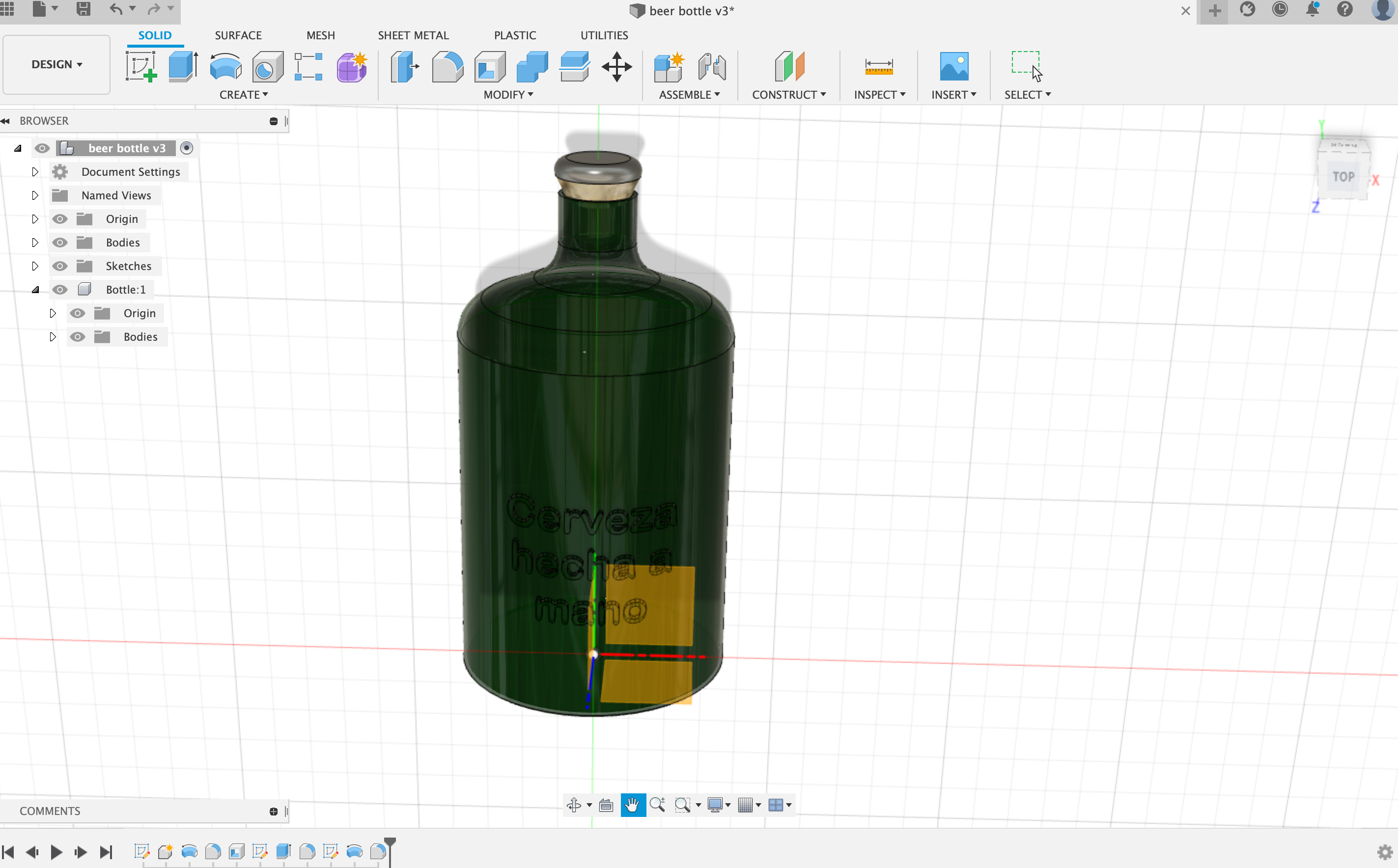
This is the renderized model:
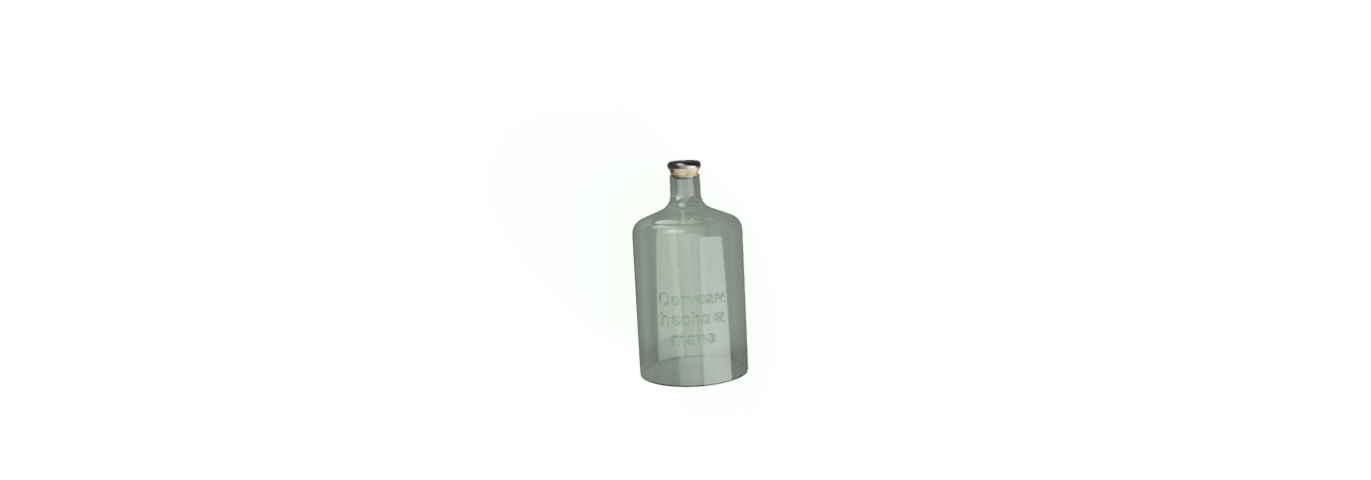
I took some pictures when making some beer and make this simple poster:
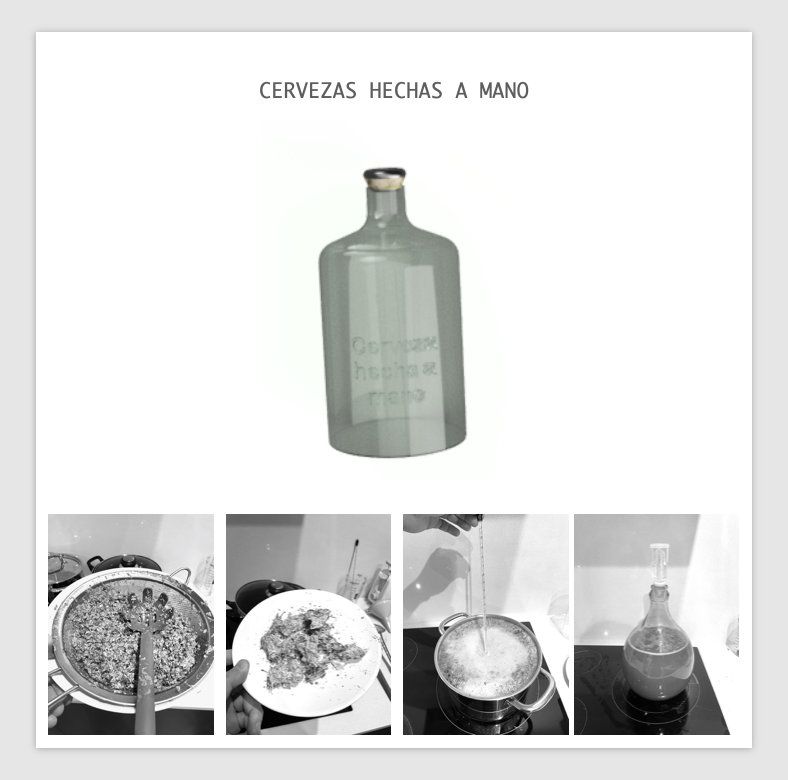
Link to a resume of the modelling process: https://media.giphy.com/media/G3Wwd3aioUqAAOJmPE/giphy.gif
W3 - Computer control cutting (CCC)¶
This week was about computer control cutter and I have the opportuniy to use the laser cutting machine. For the task of this week, we design some special figures that are part of a game we are developing. One of the main challenges was prototyping the game and learning about how to fix the size of the holes of each figure where the rope passes, by using sand paper and do it all by hand.
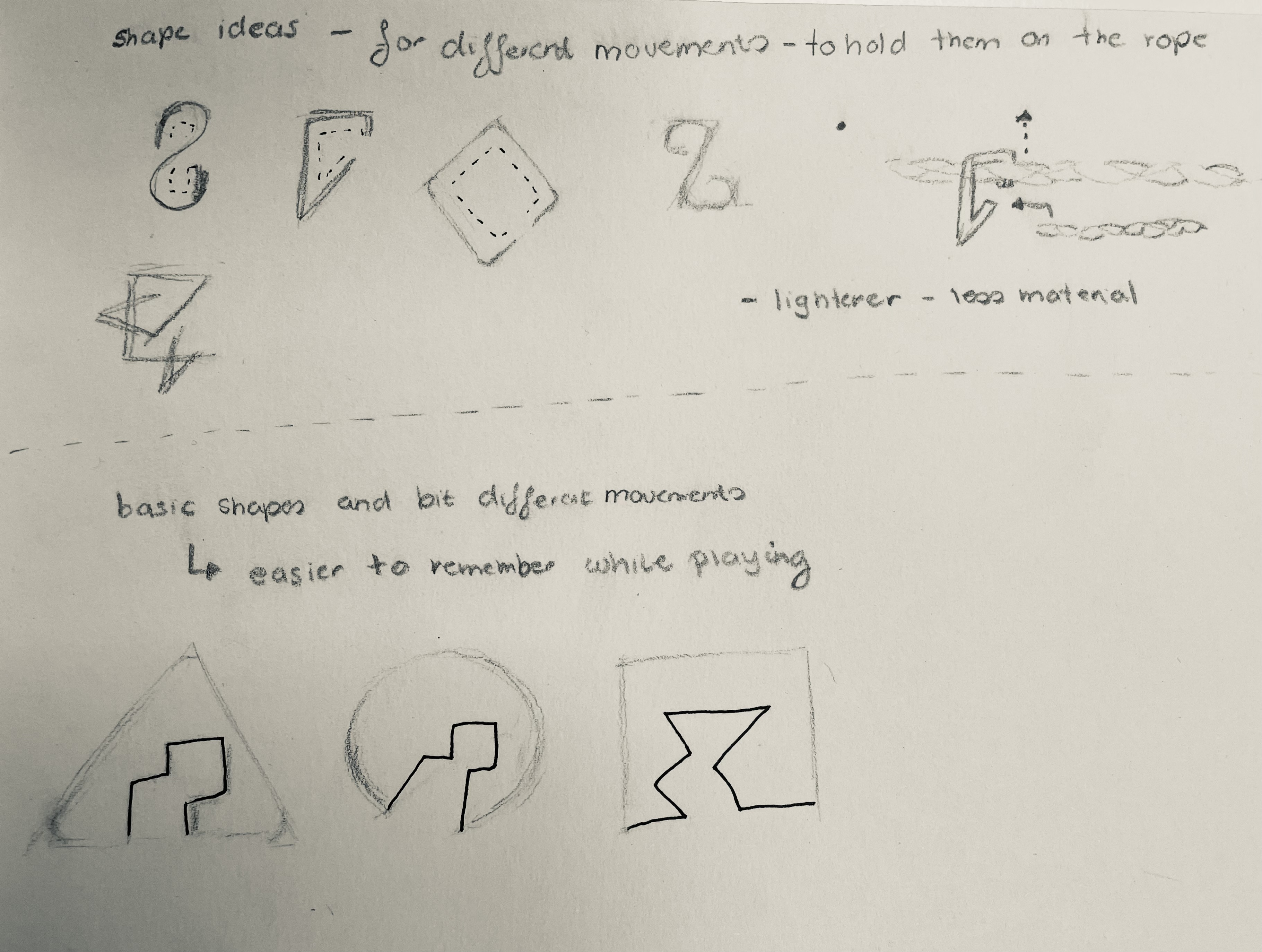
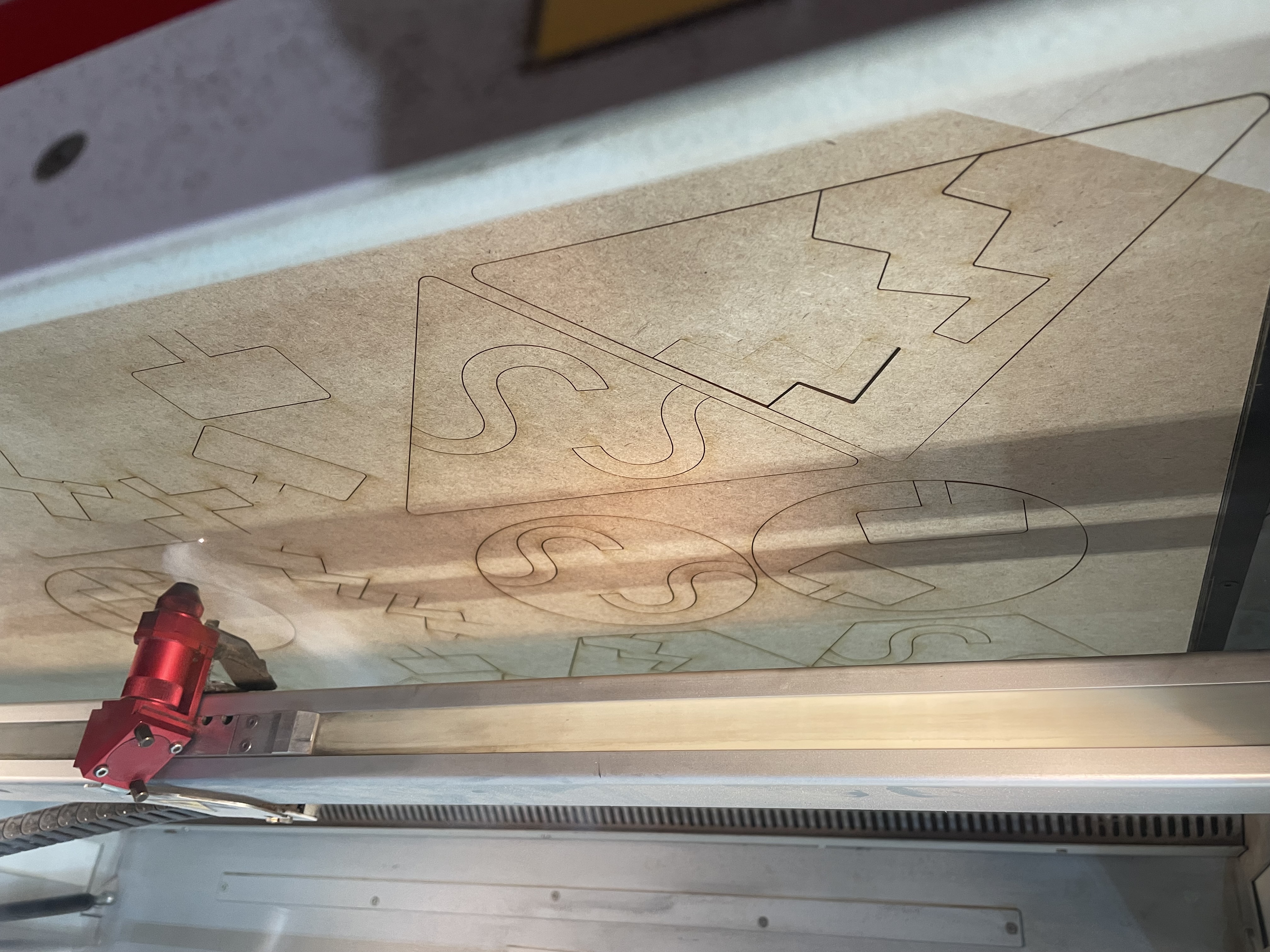
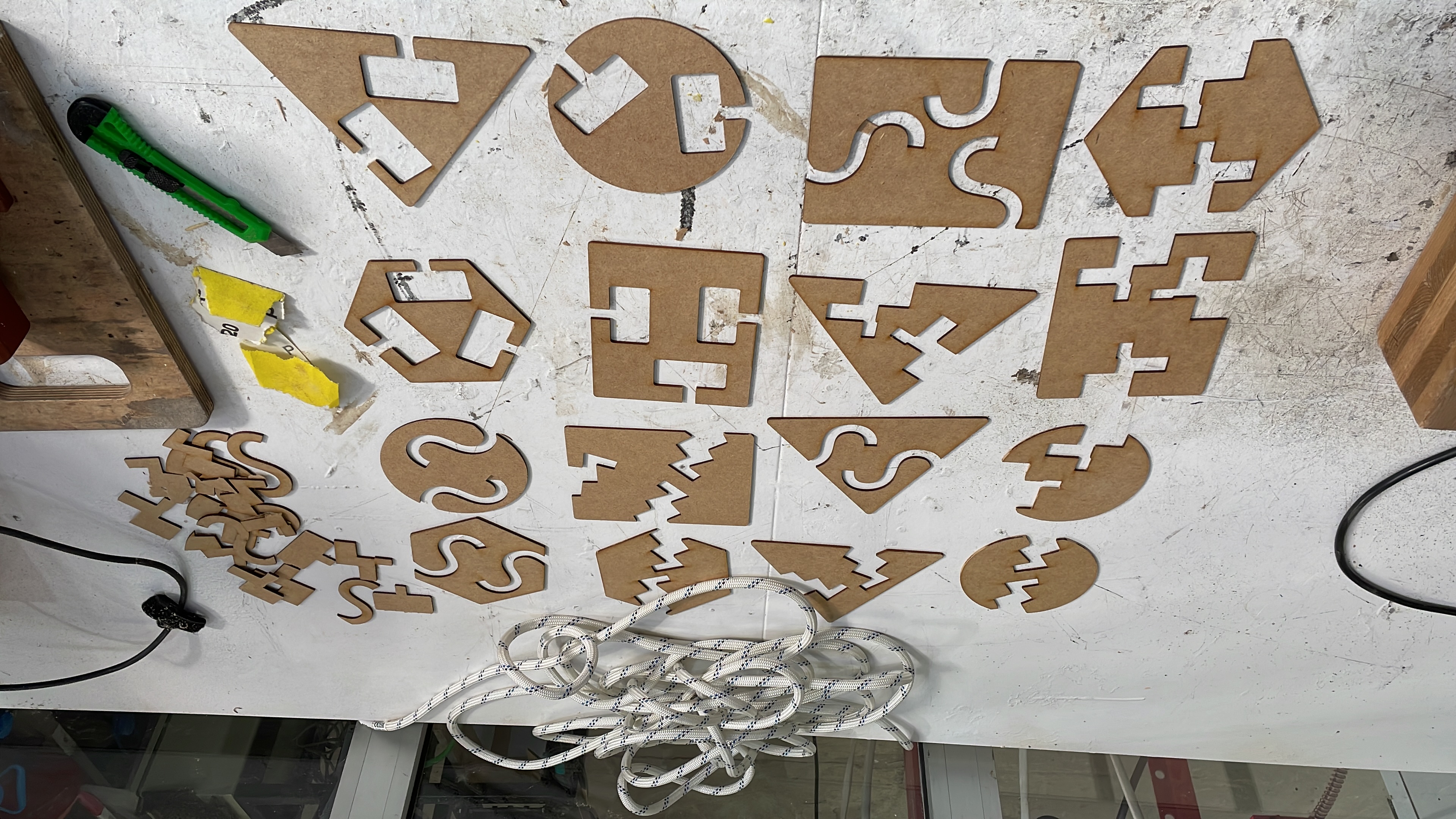
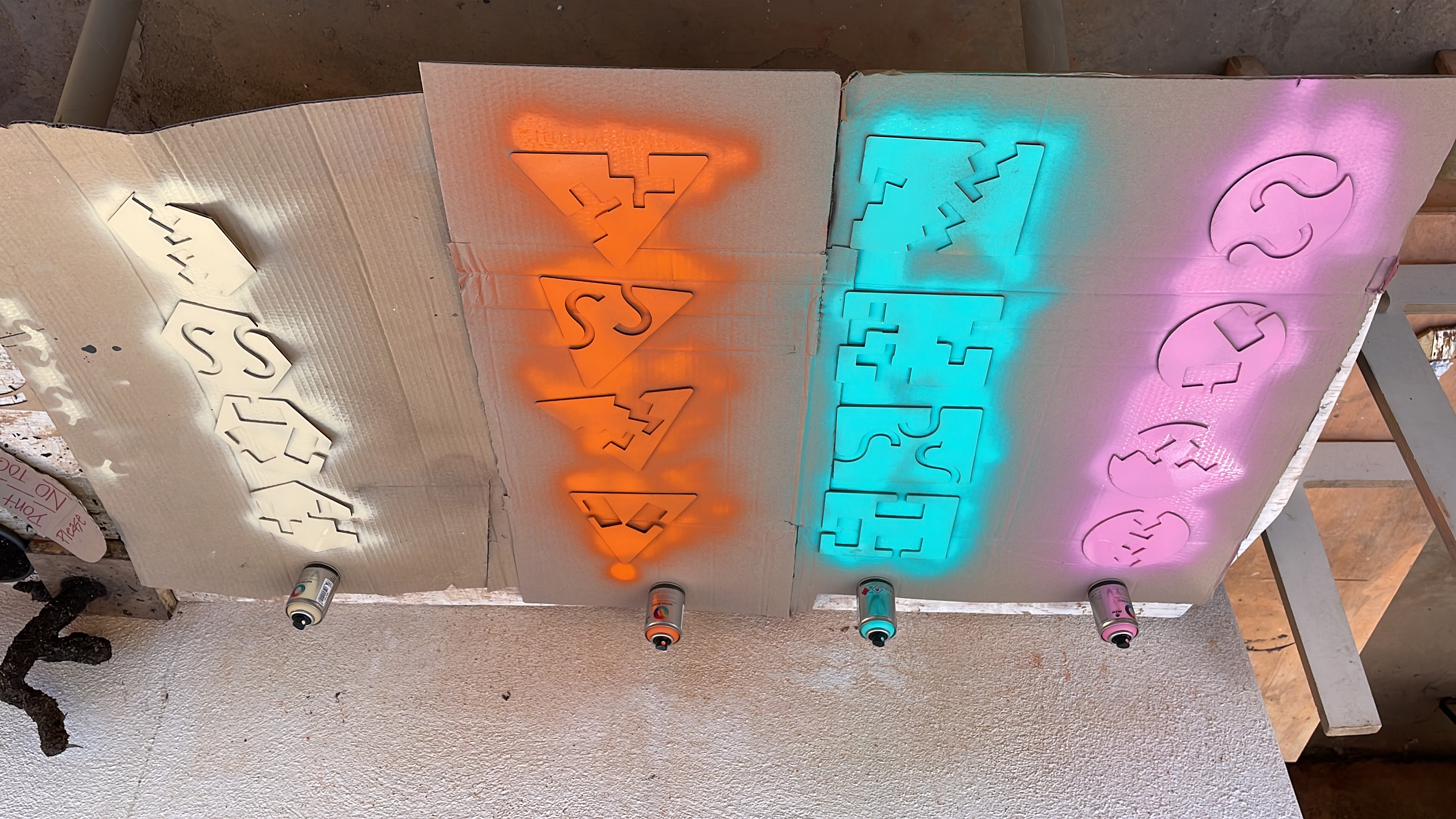
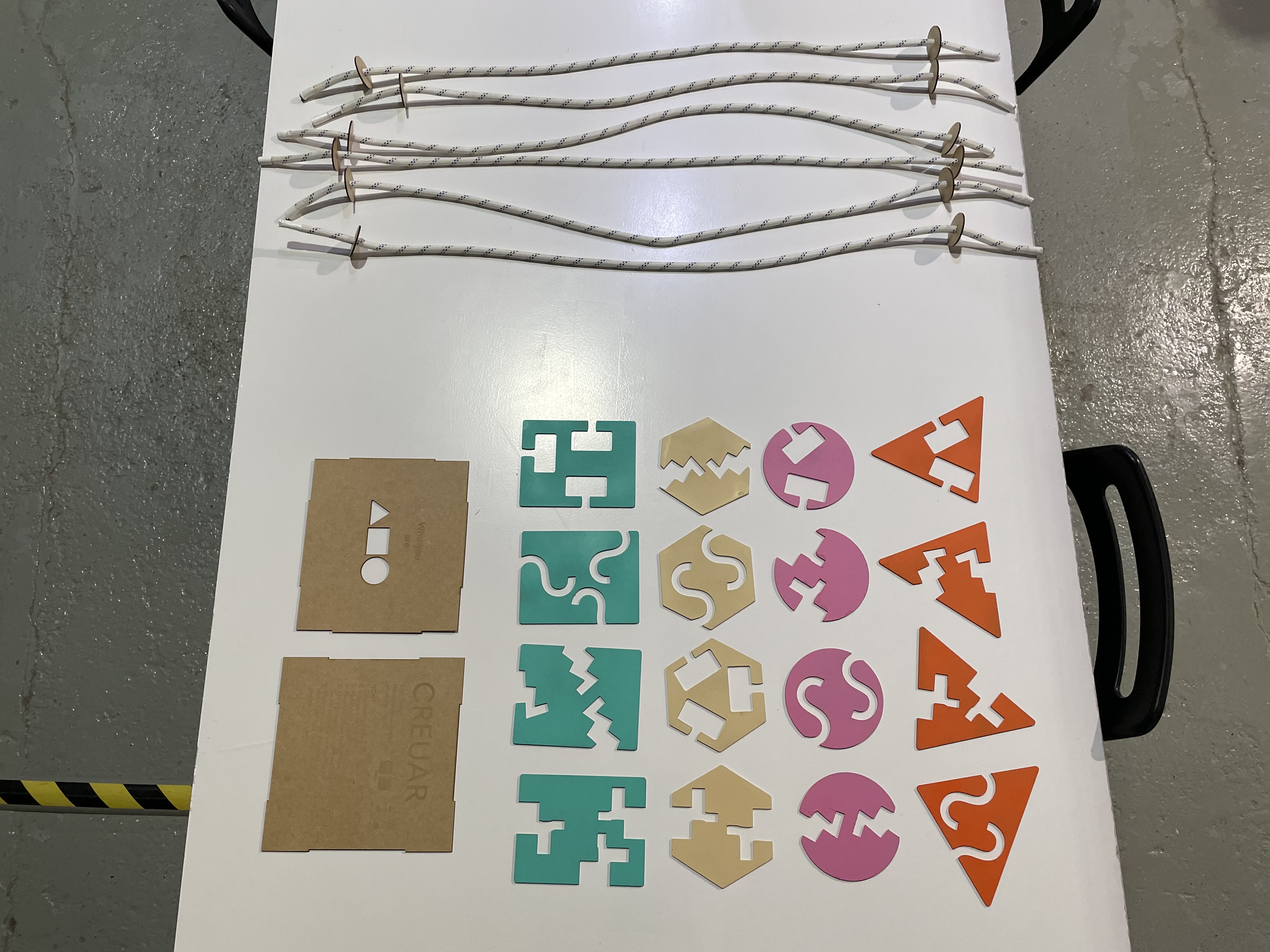
W4 - Electronics production¶
During this week we were introduced to PCB (printed circuit board) and its fabrication process. I learned how soldering the smd components with a practical workshop.
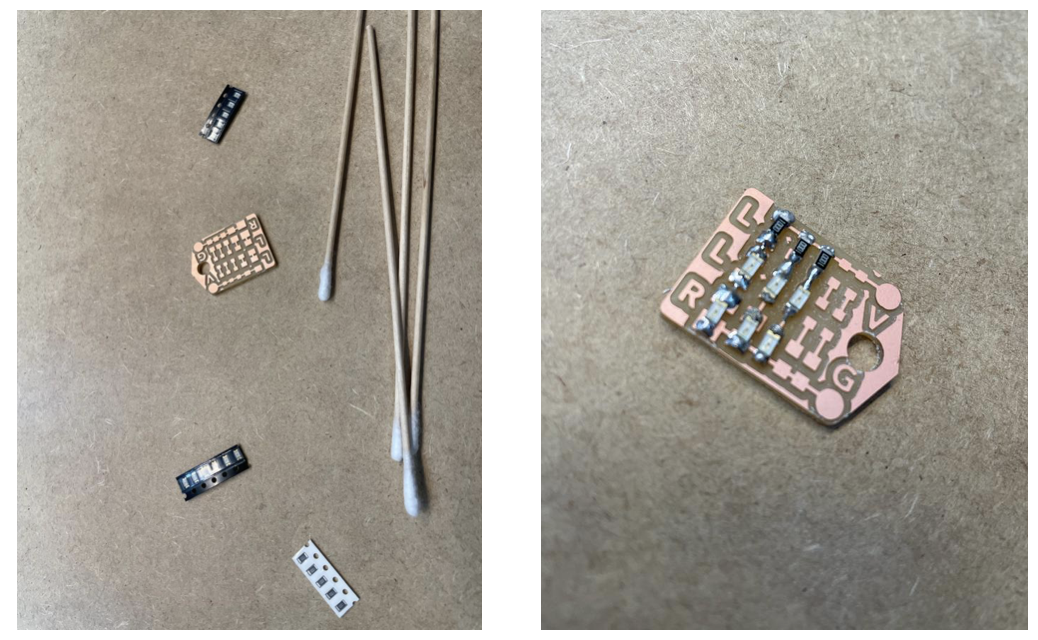
The act of soldering was a concentration exercise, paying attention to things that we usually take for granted: breathing, pulse and focus. Being aware of how this affects the final result make me see and feel this workshop as a self awareness therapy. In a way, I felt relaxed and enjoying the process itself.
W5 - 3D printing and scanning¶
During this week we where introduced to 3d printing. I got inspired by the evolution of this and how is shifting the relationship between humans and the design and fabrication of things. I have never used the 3D printer and I find it very intuitive and fun experience.
For this task I decided to print a oval shape and spheres that could help me understand how the printer works and the different tecniques that are involved in the process of printing.
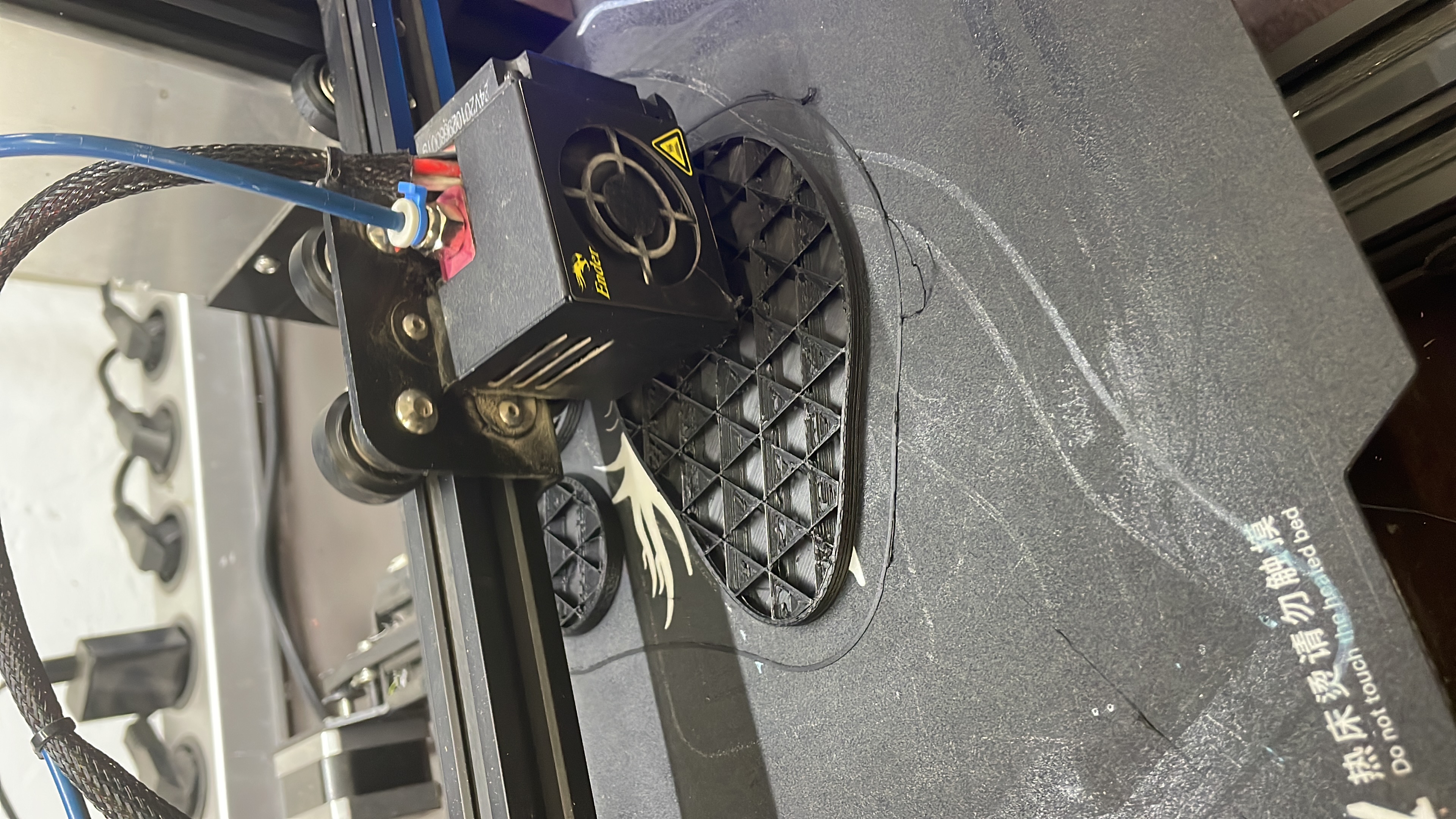
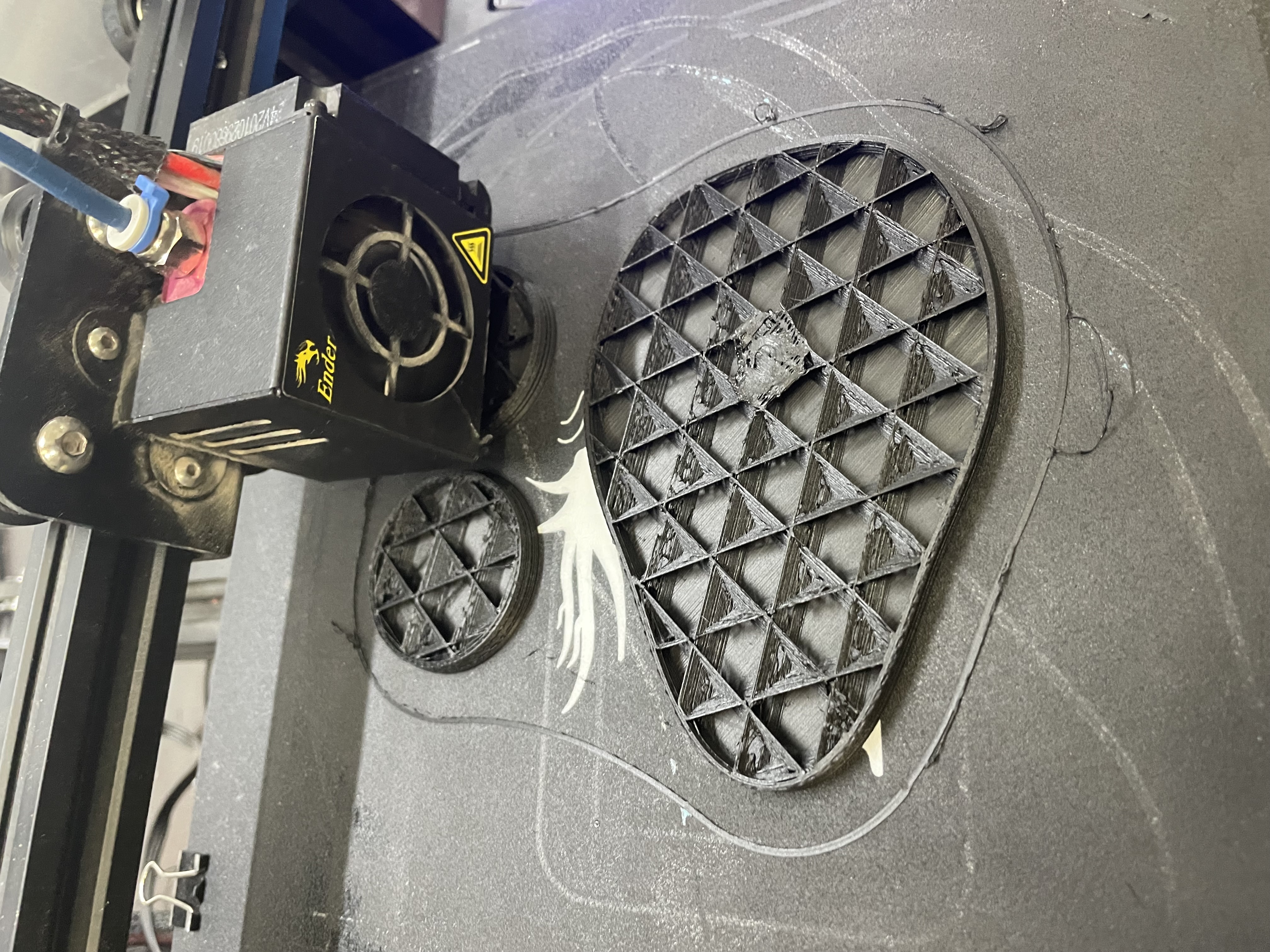
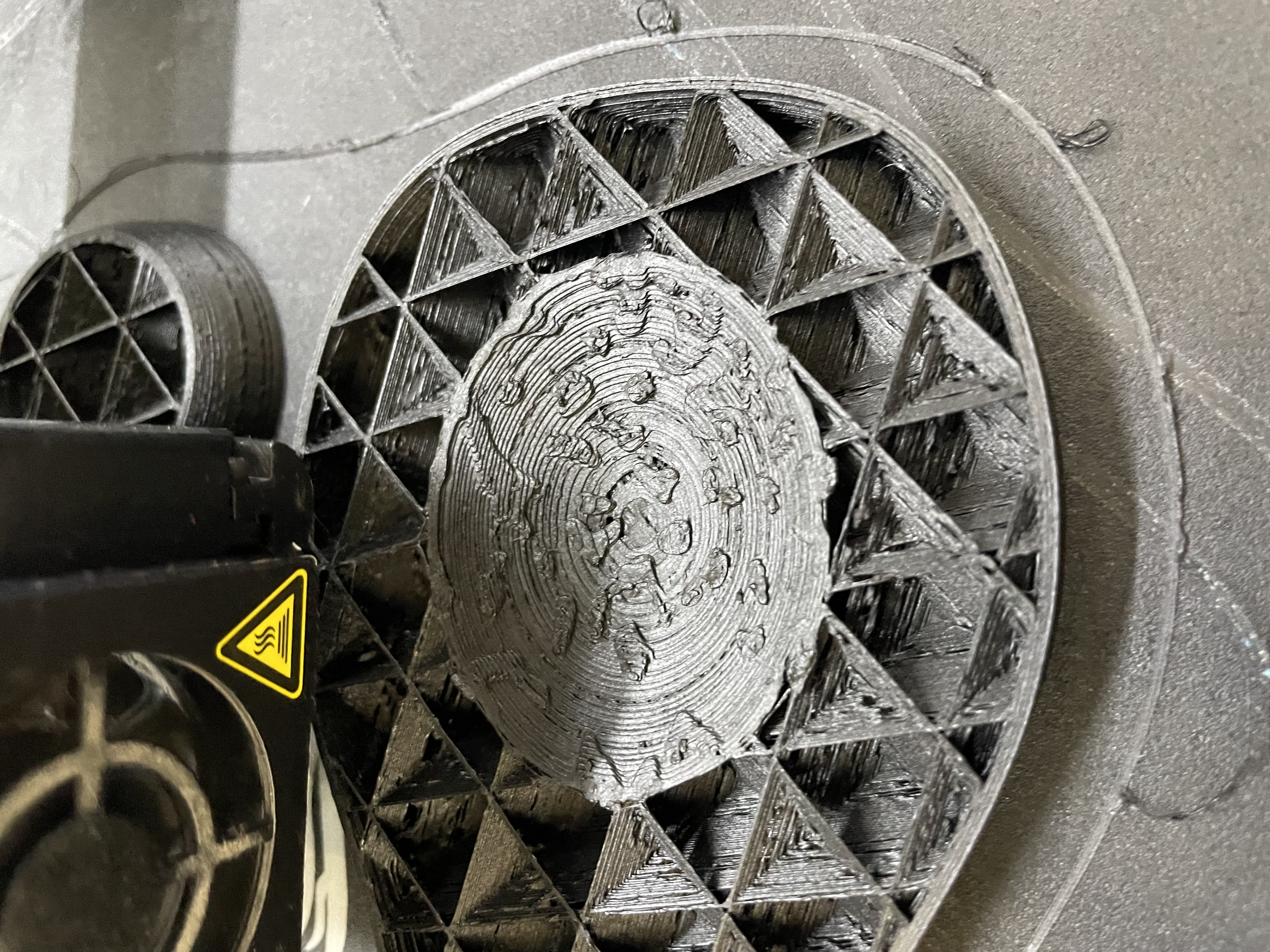
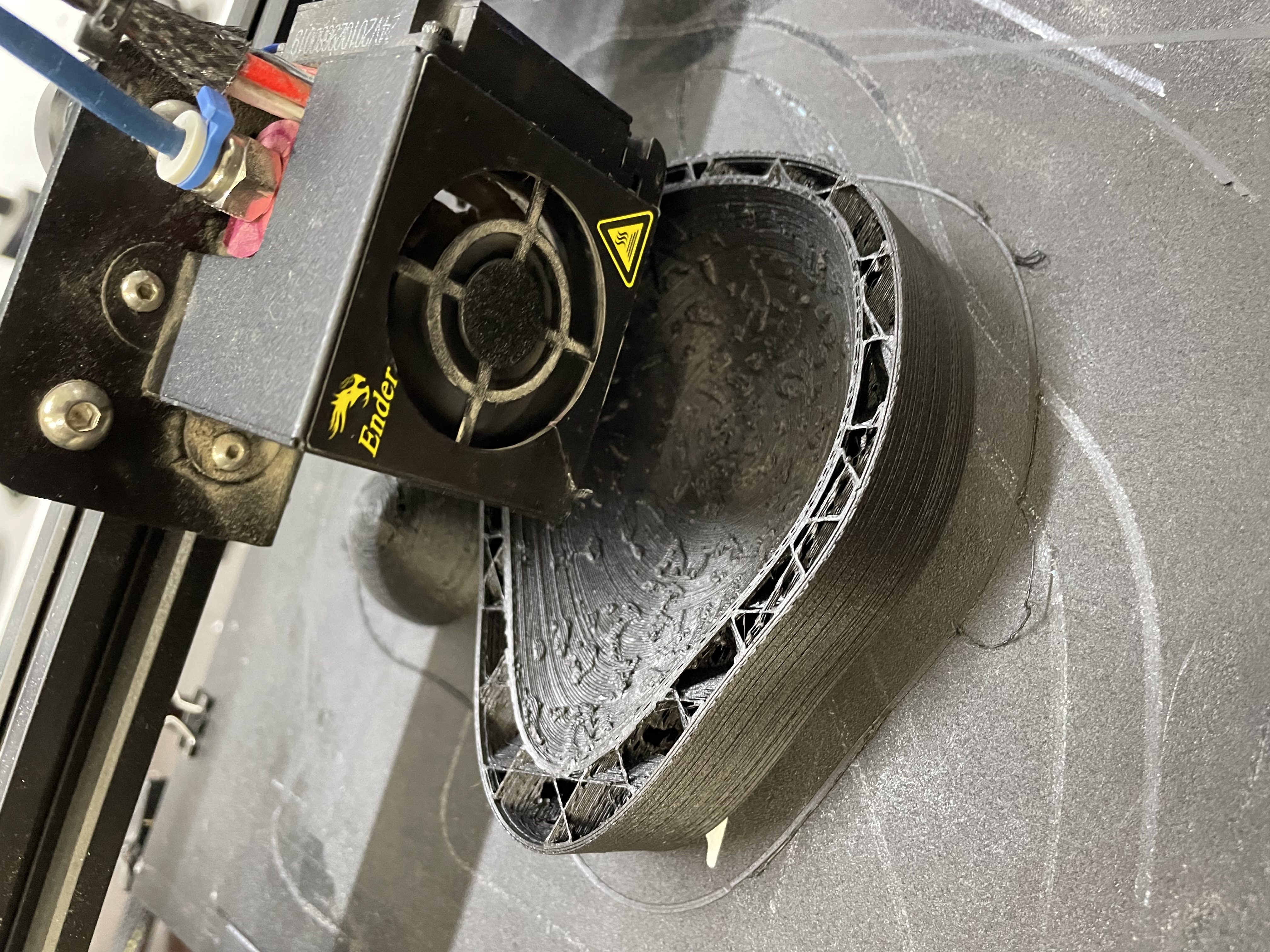
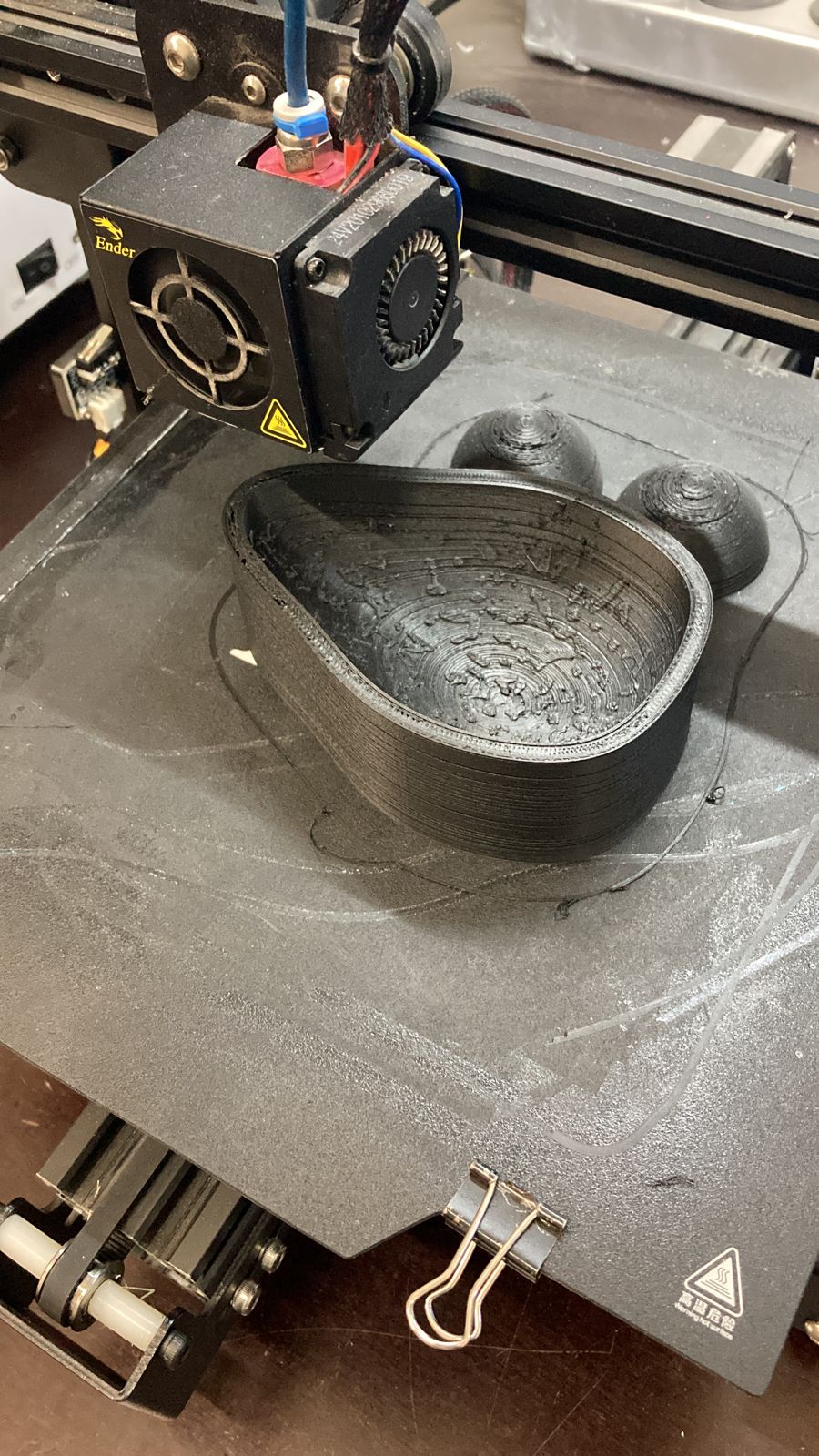
W6 - Electronics design¶
This week was about electronics, focusing in PCBs design, understanding the use of each component and a introduction to EDA softwares (electronic computer aided design).
For this task I decided to start following a tutorial to learn the step by step of designing my first PCB, using Fritzing.
The first time using fritzing:
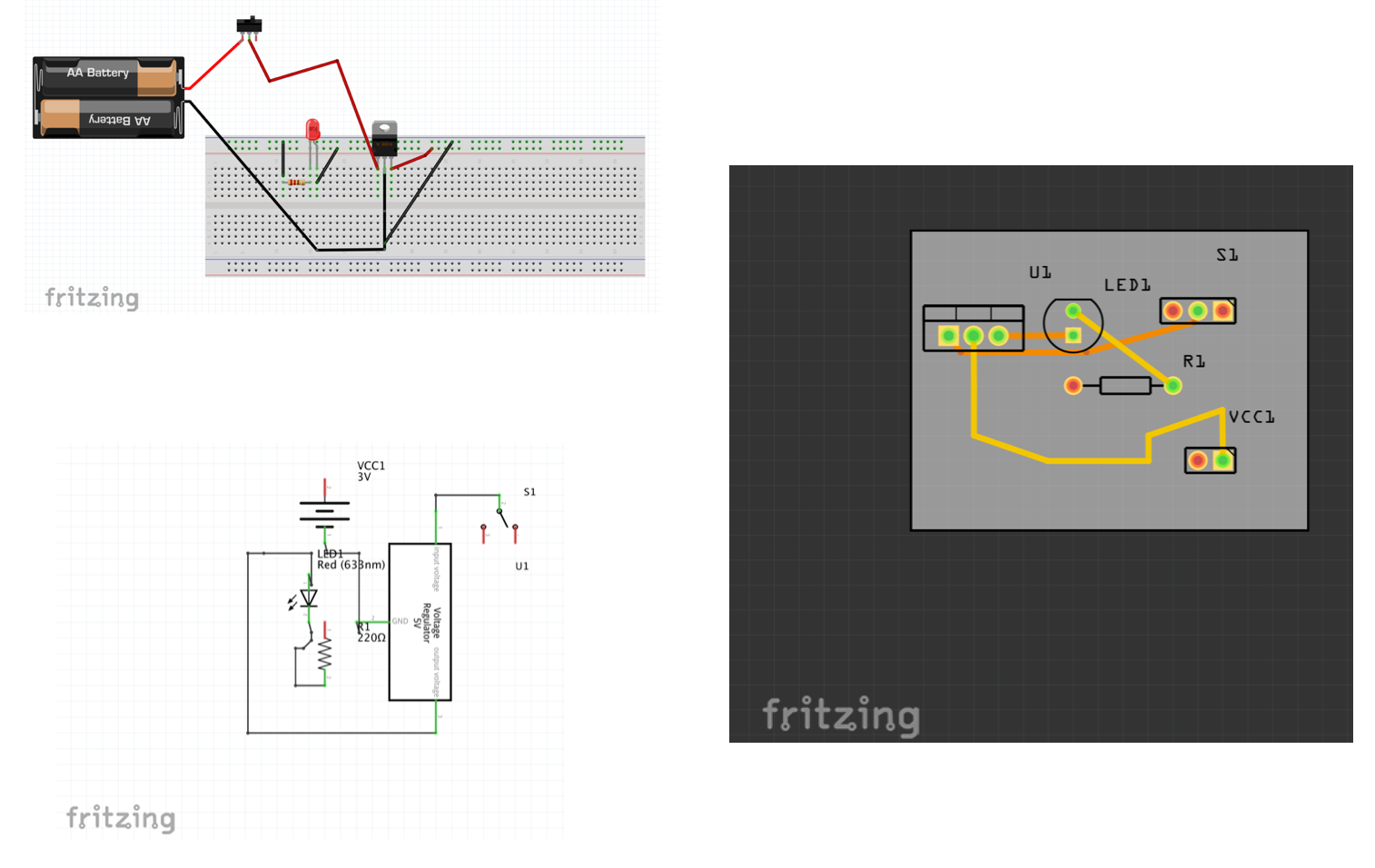
Second time trying to do a a led work:
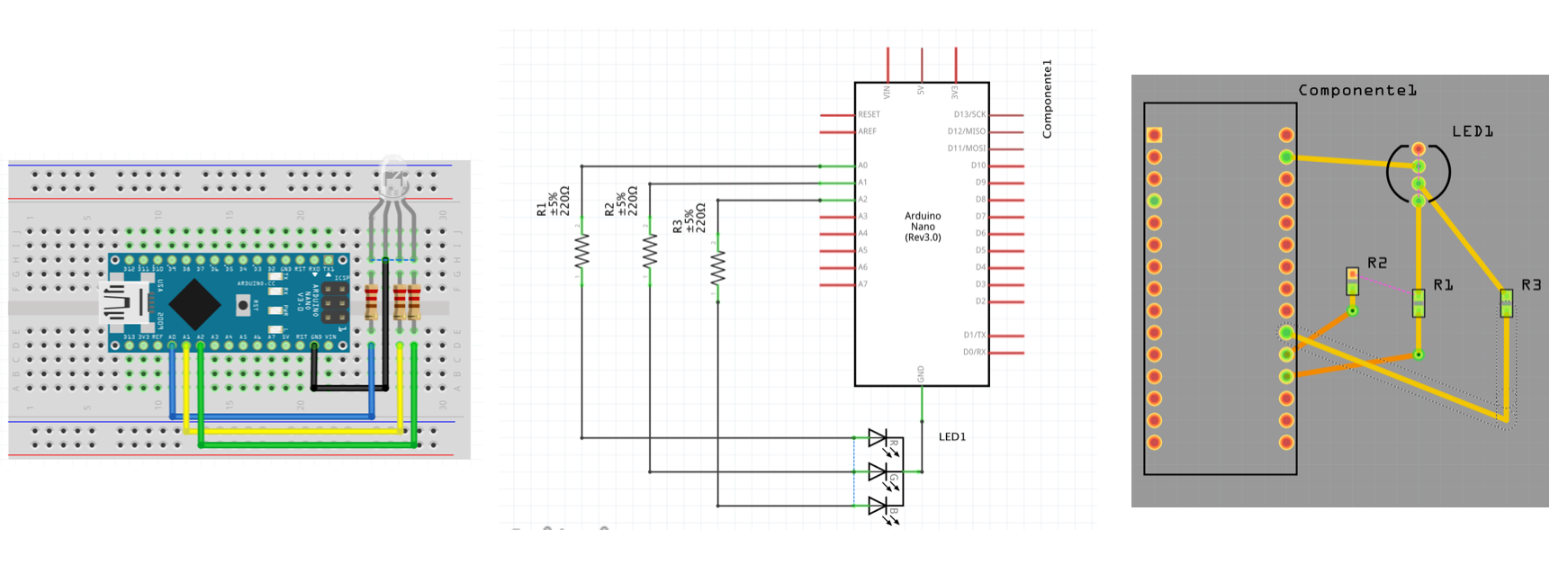
Third time seven segment display controlled by shift register:
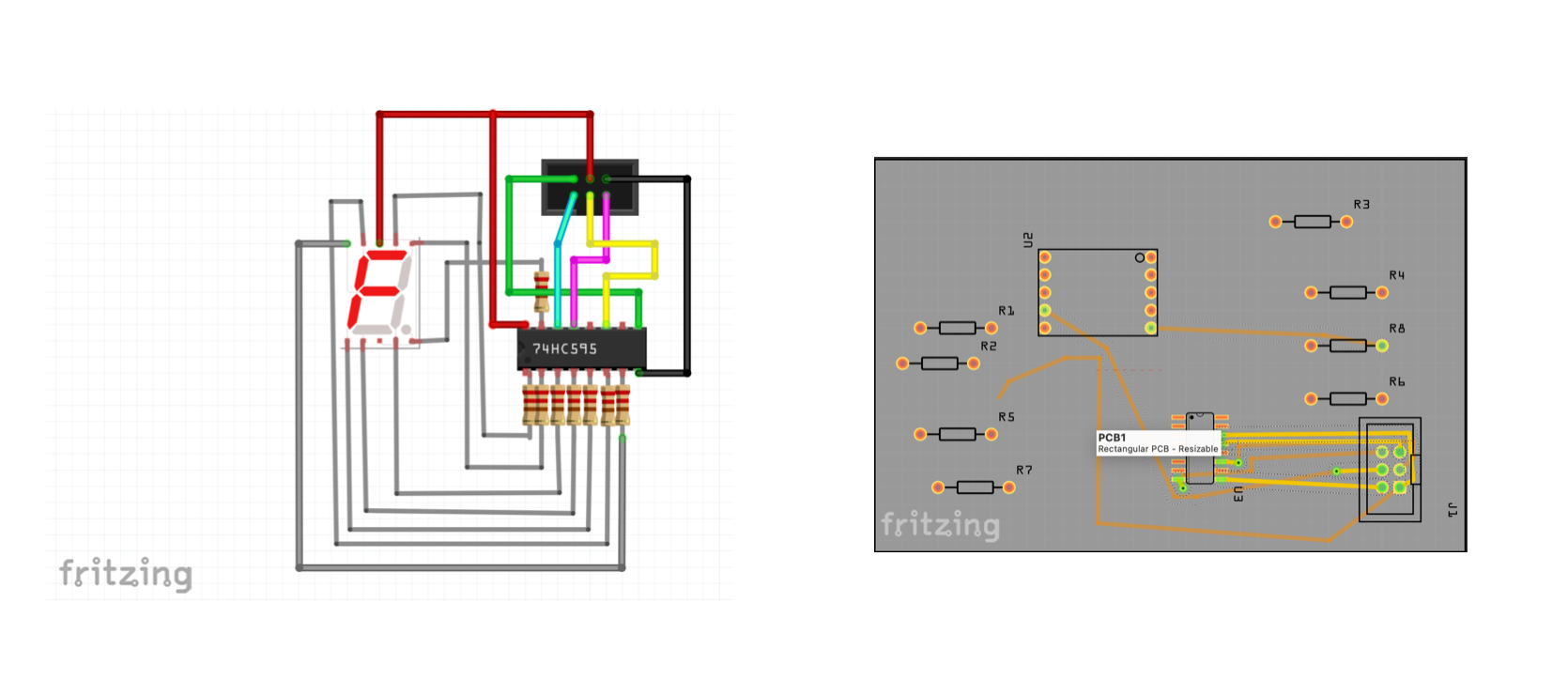
and this is how it should look like in the final masterpiece:
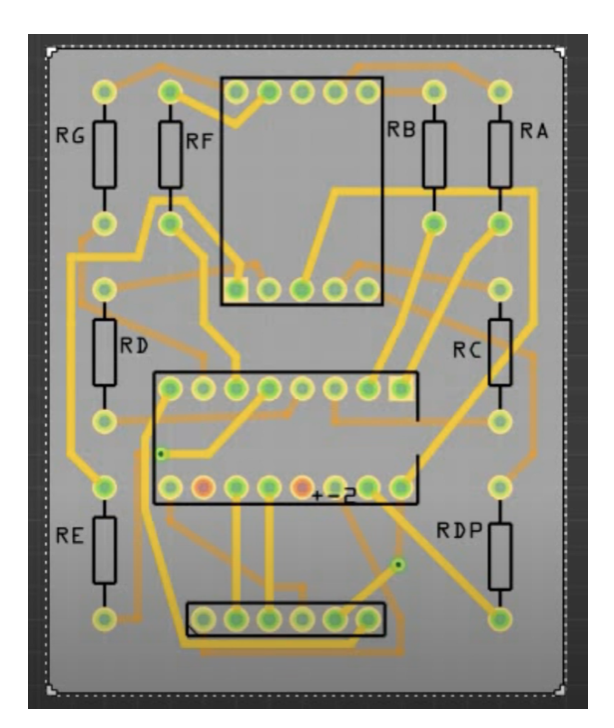
The tutorial link used was: https://www.youtube.com/watch?app=desktop&v=K7Y9bKilCxg
W7 - Computer controlled machining¶
We used this task to work as a team developing the project “Biography of Dead Ideas”, that was exhibited during Design Dialogues 2.
For this, we designed a round surface were “all the objects that talk” would stand. This was cut using the CNC machine.
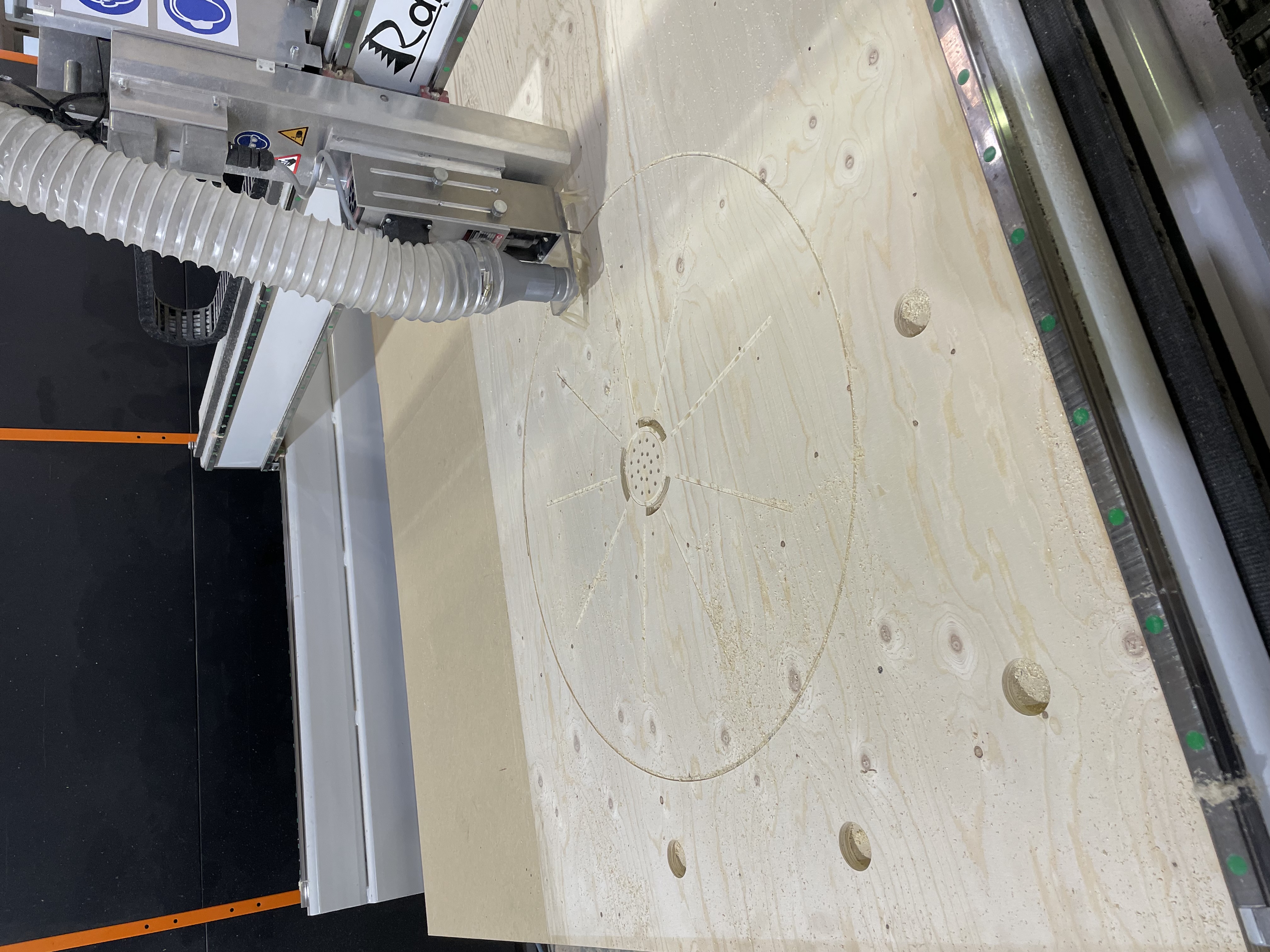
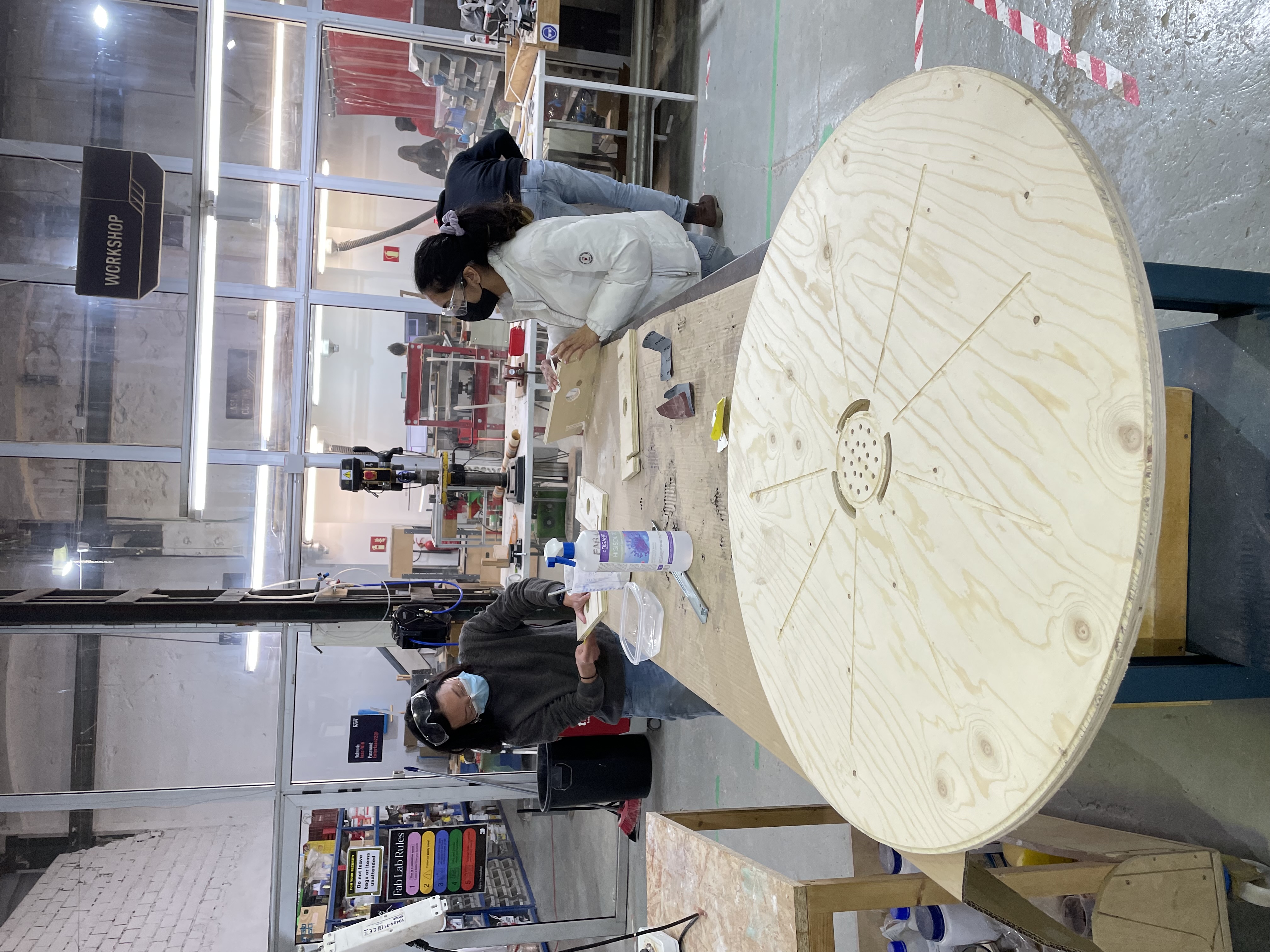
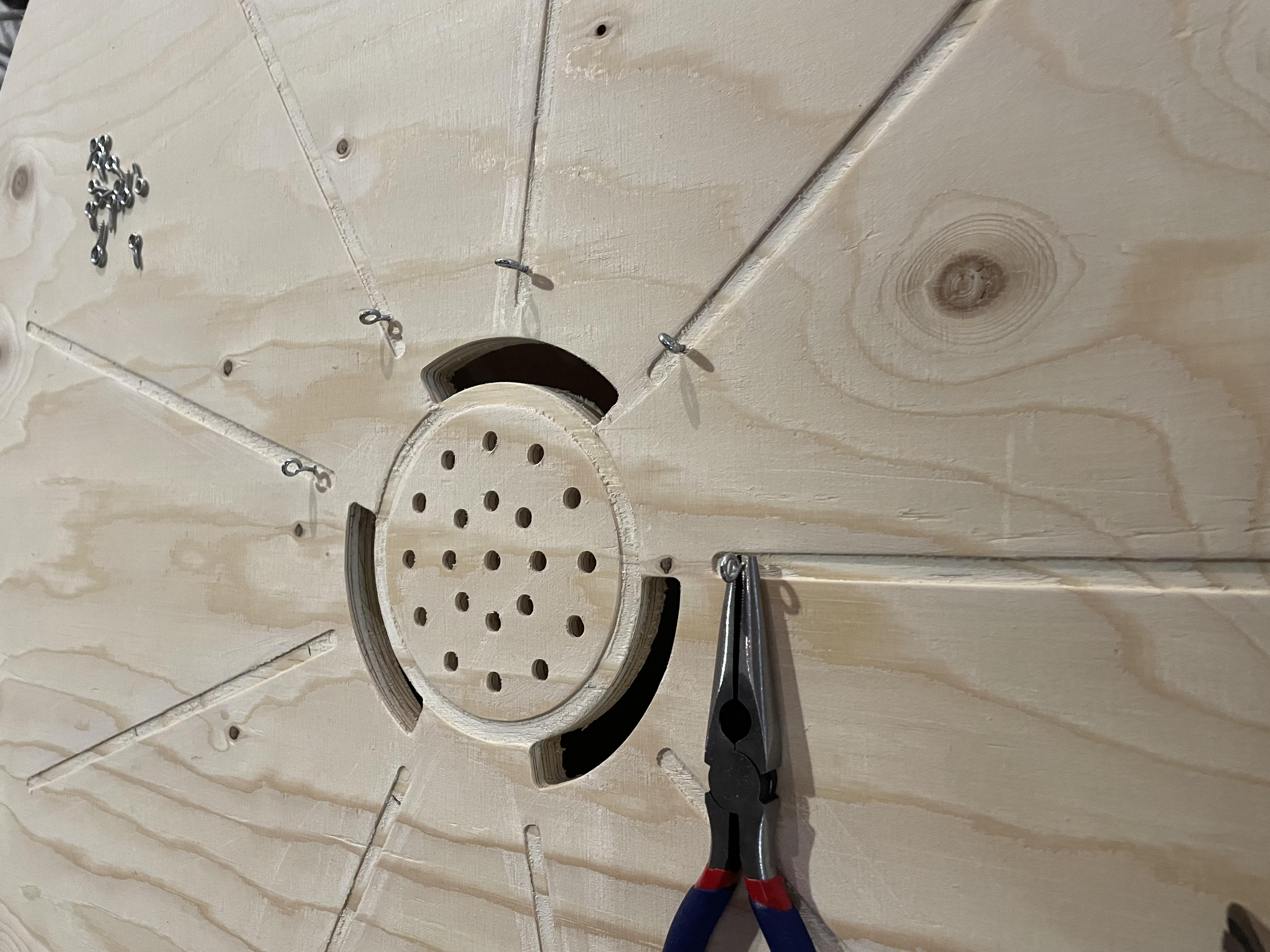
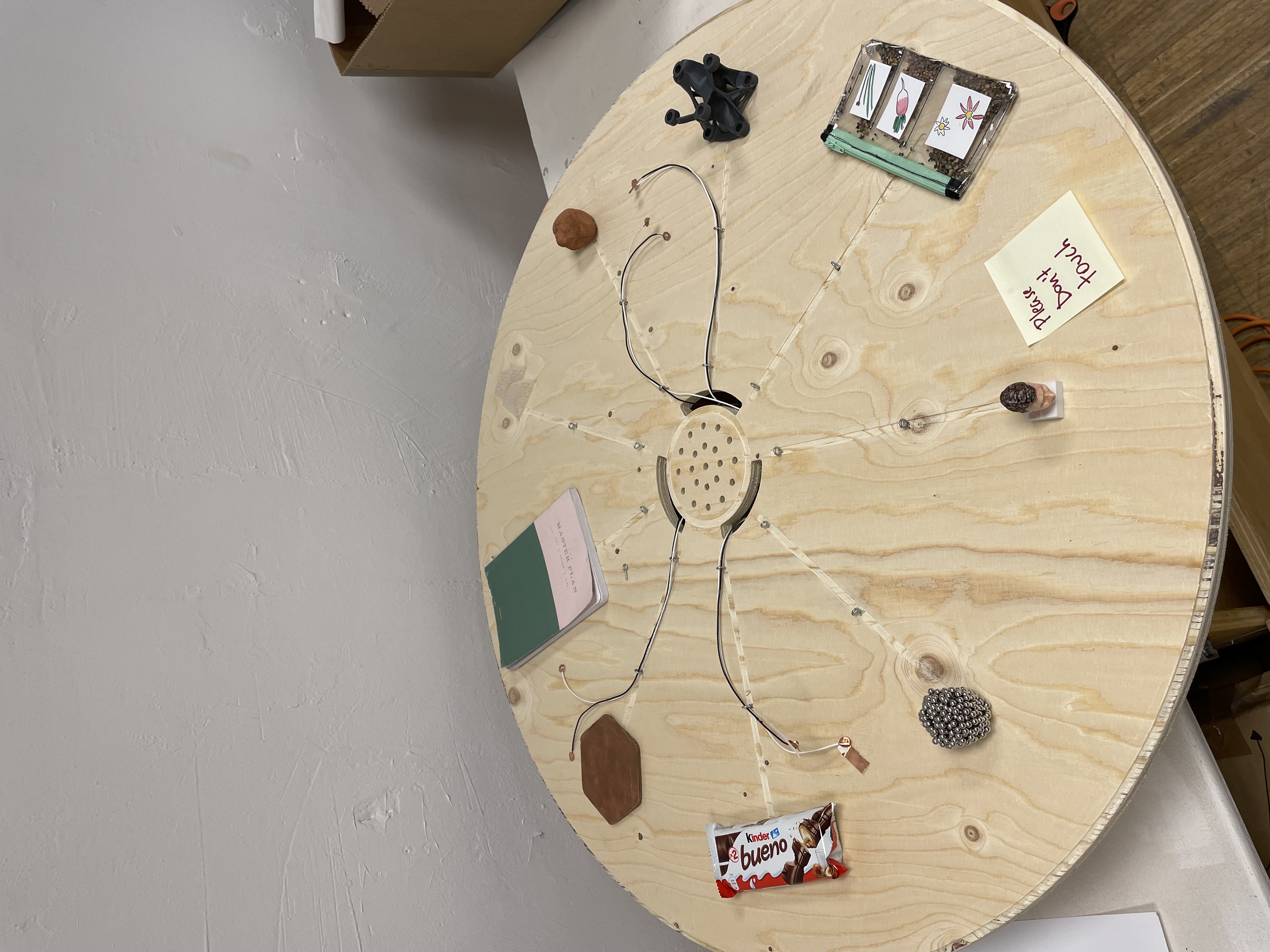
W8 - Embedded programming¶
This week was an introduction to embedded programming. I used this task for programming a circuit that transforms the touching sensors (input) into sounds (output). This was used in the project “Sensing Decisions”, that we developed for micro challenge 3. The HUZZAH32, ESP32 Feather has touching inputs incorporated, so it was ver intuitive for the making the code to work.

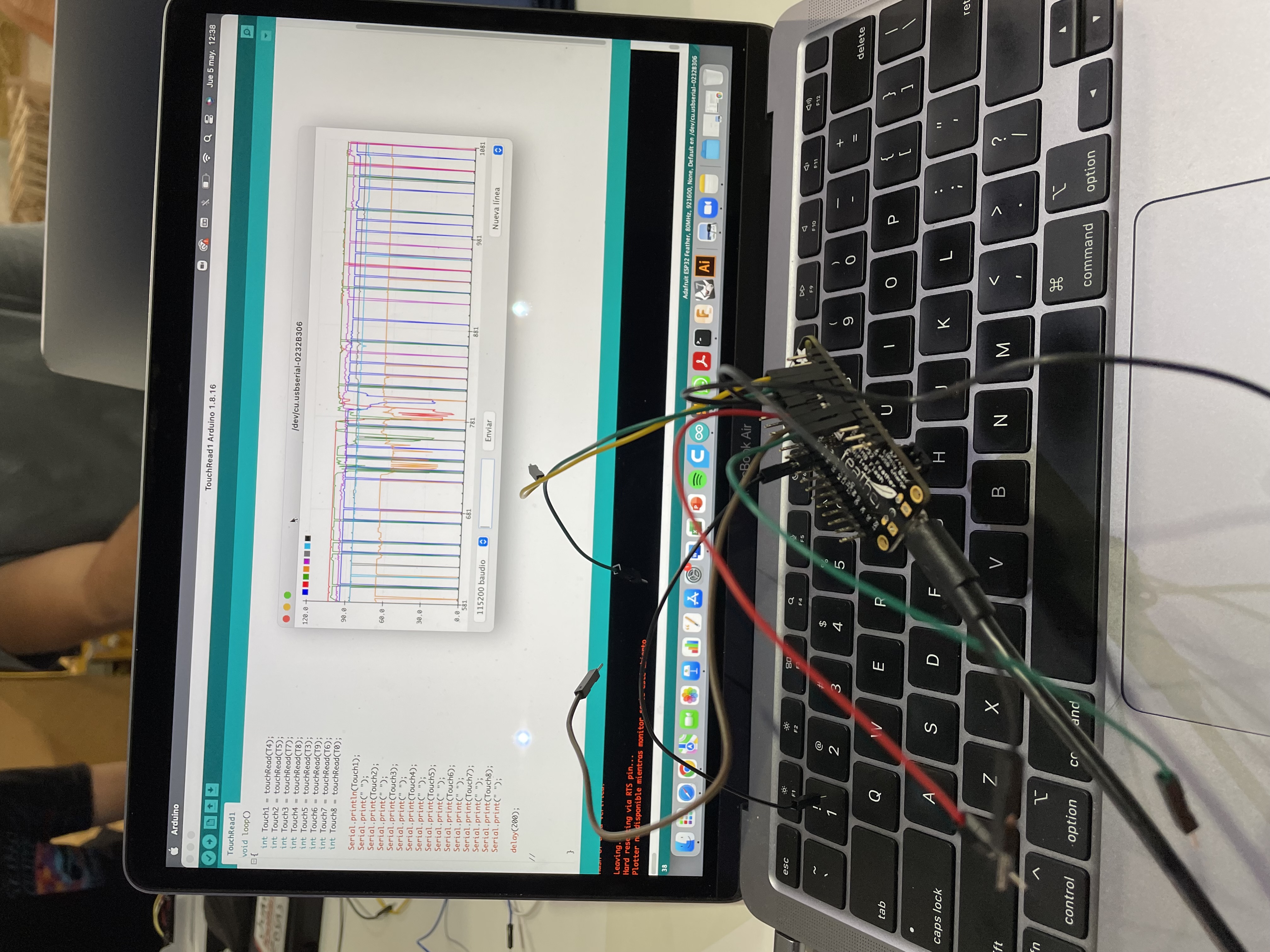
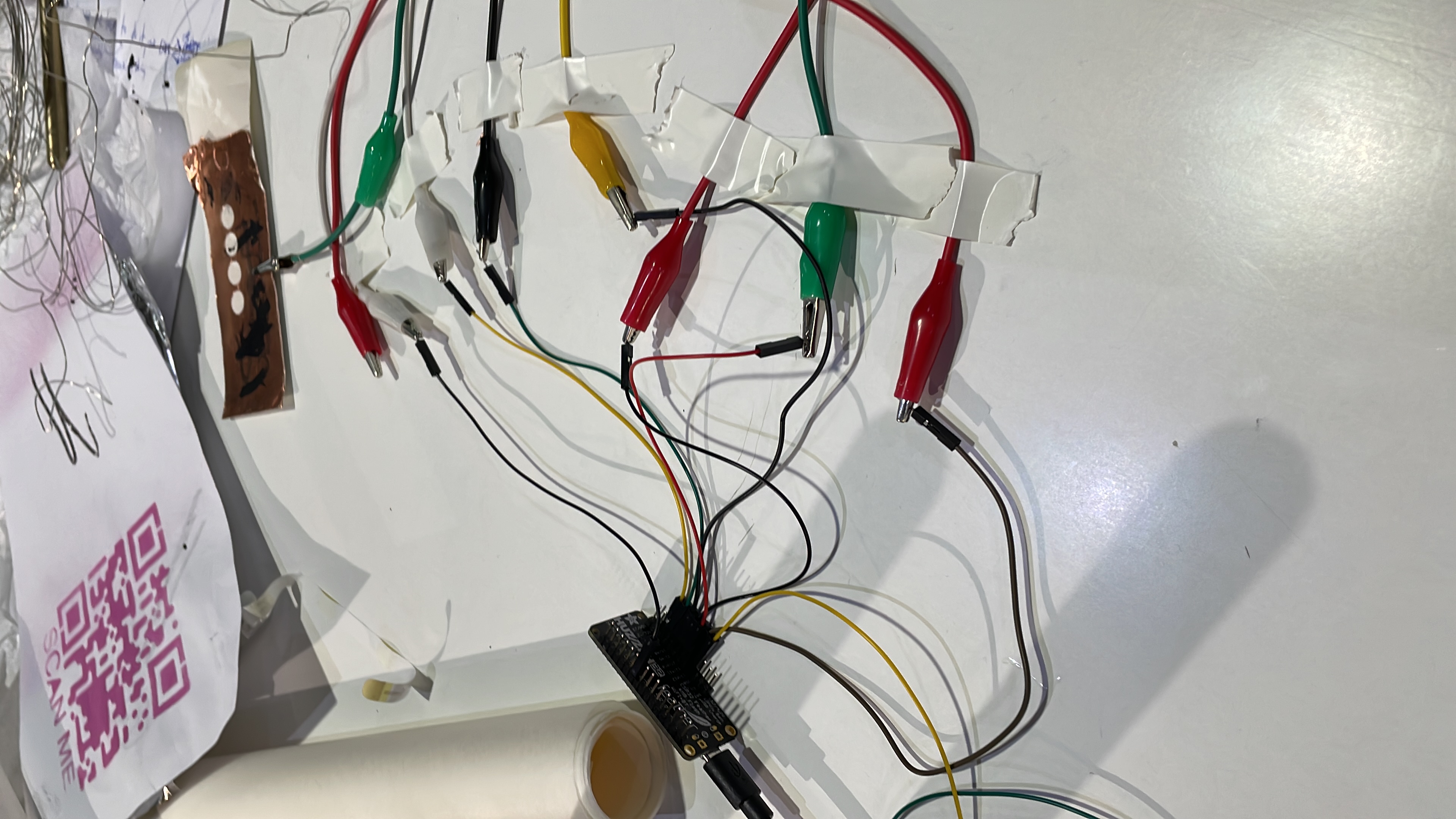
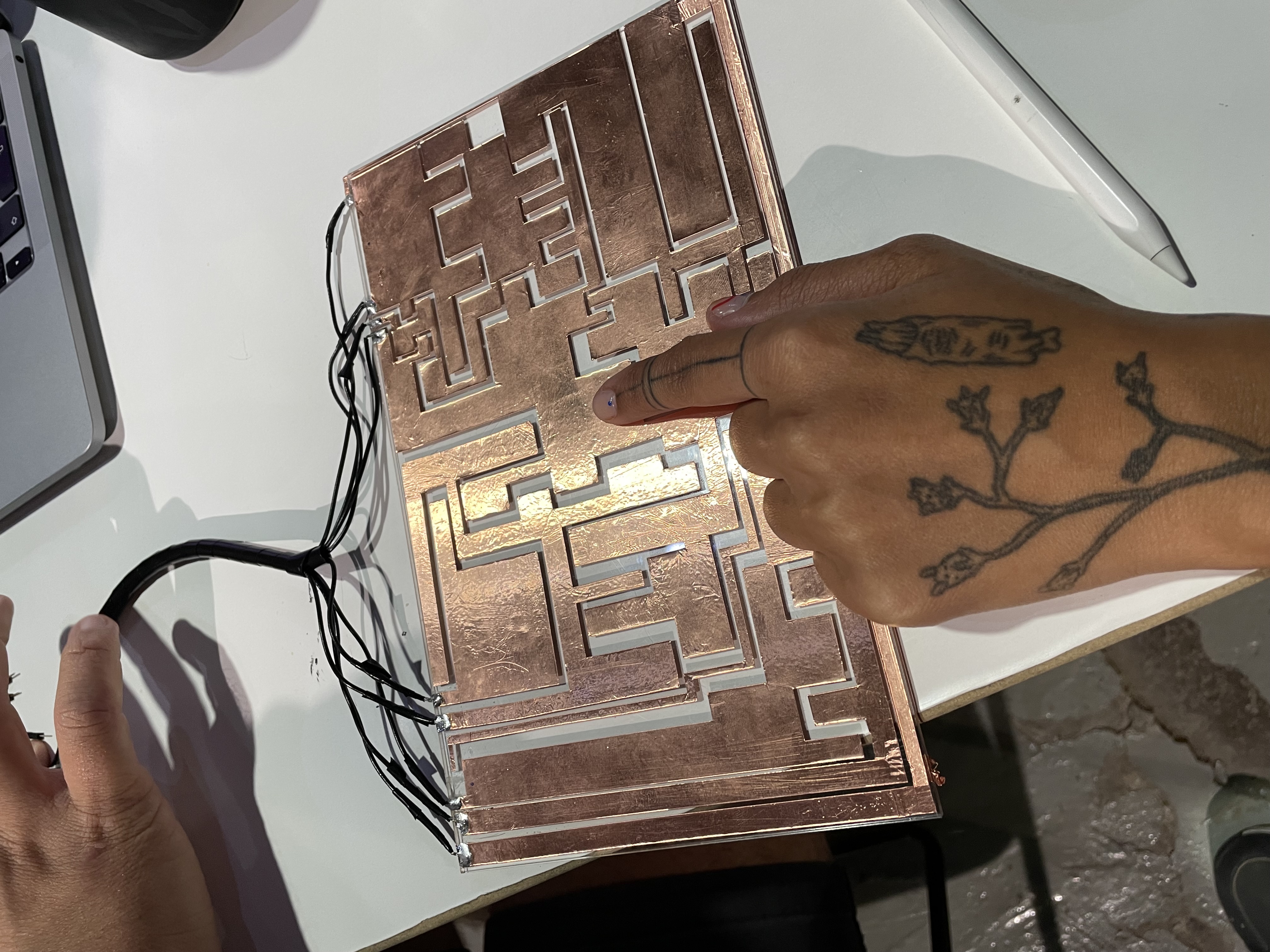
W9 - Molding and casting¶
This week I used to task to continue my project about food design, helping me understand more about the alternative present I am generating: Social Food Narratives. For the mold I design a 3d print of an avocado. For the cast I experiment with a potato puree mix.
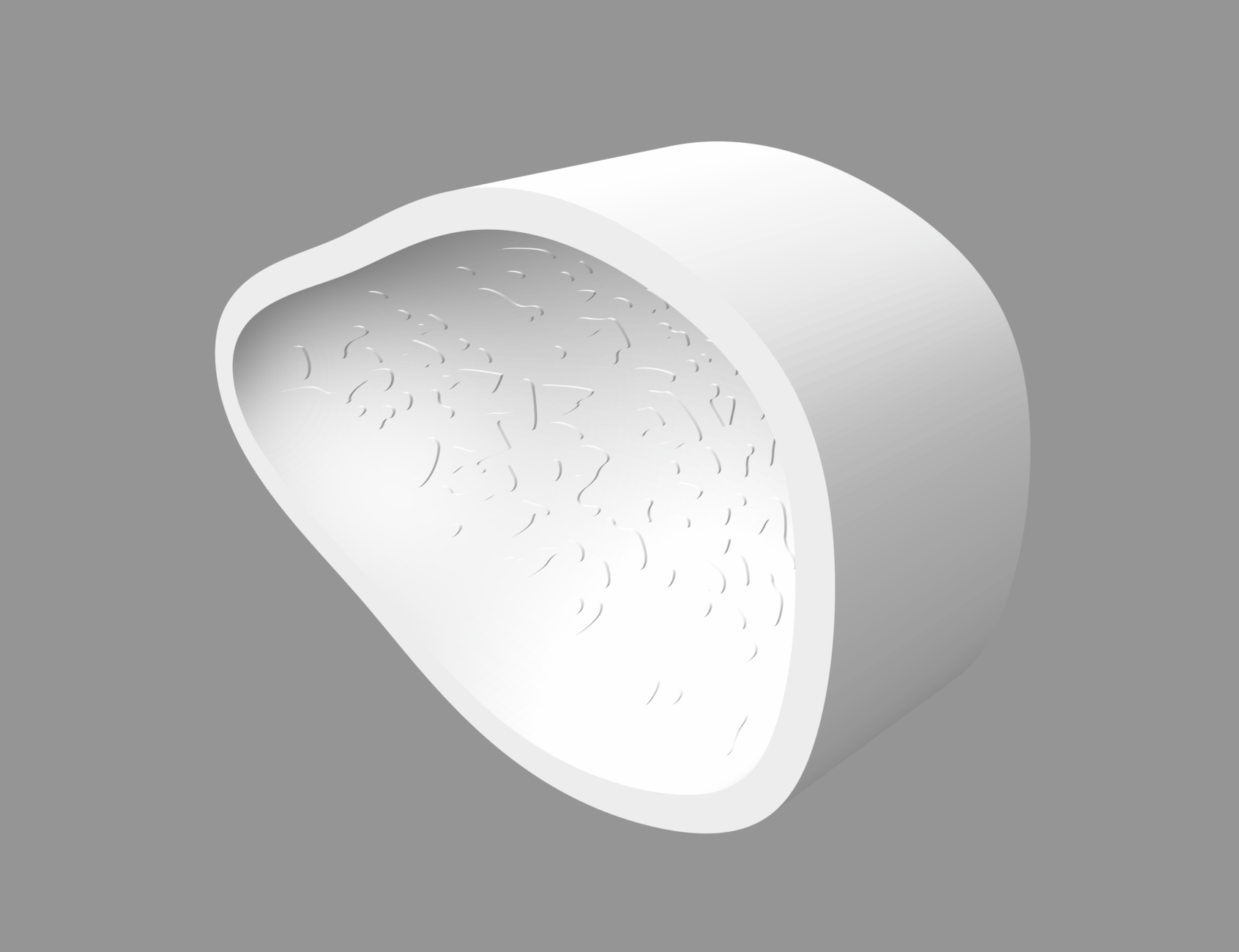

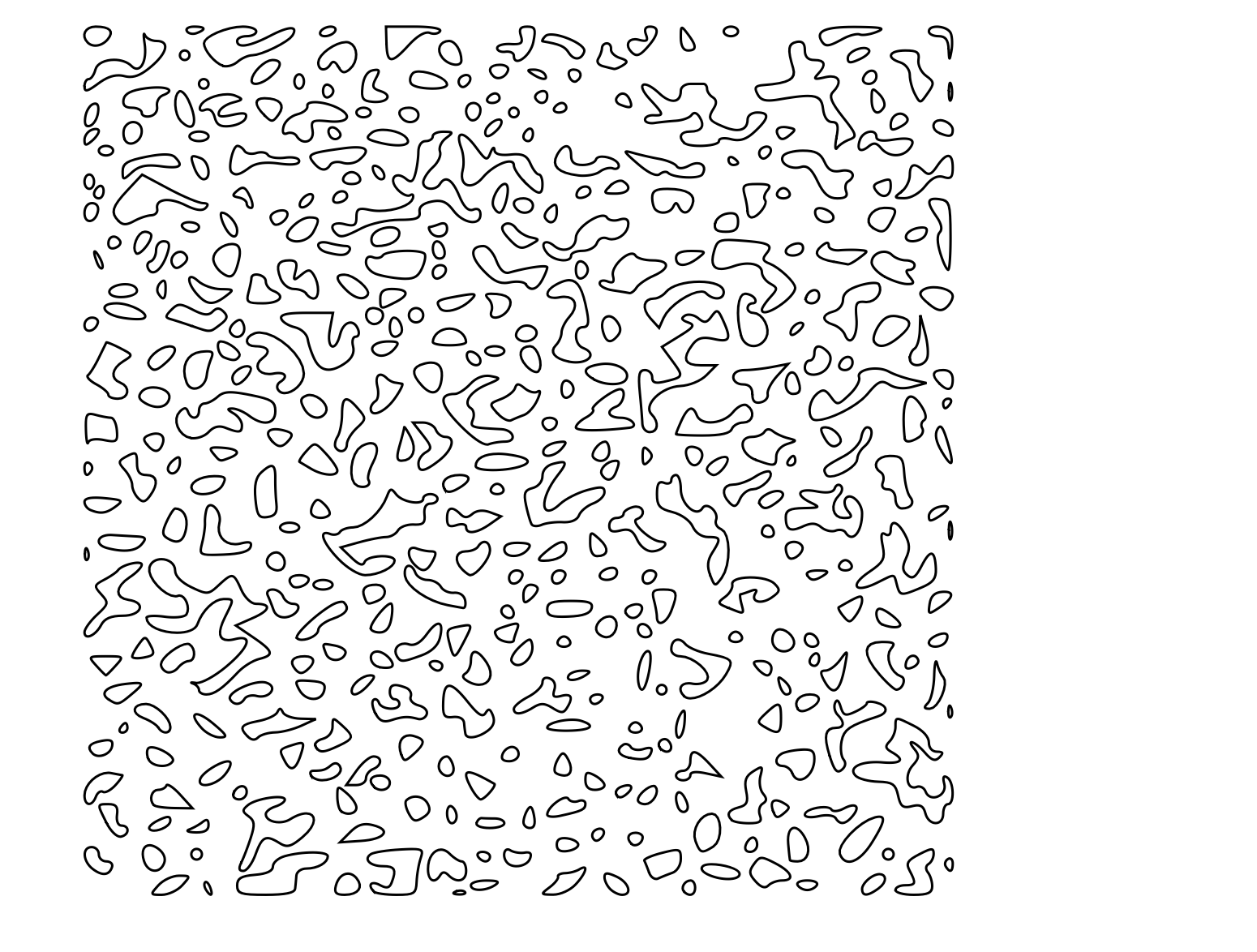

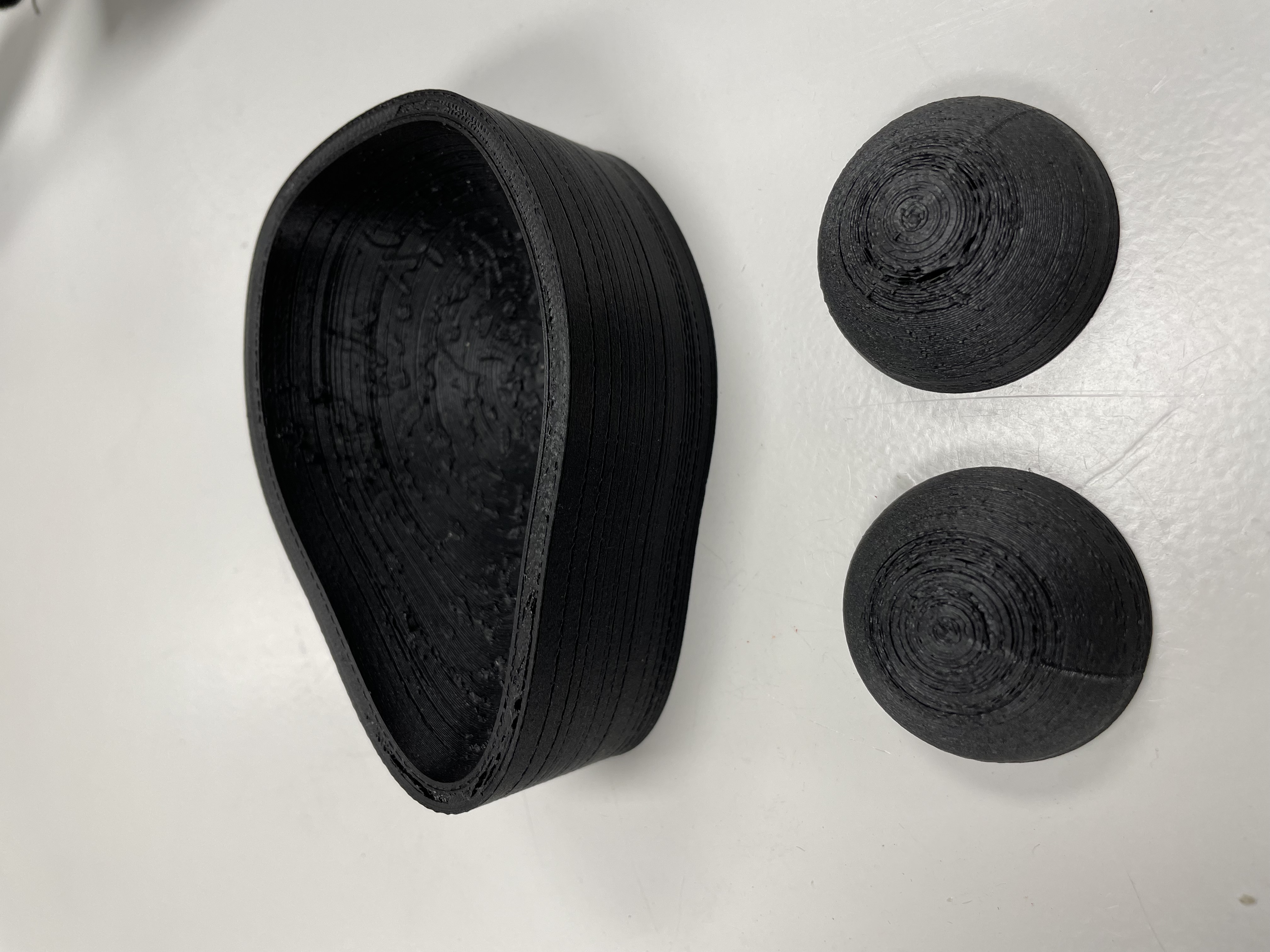
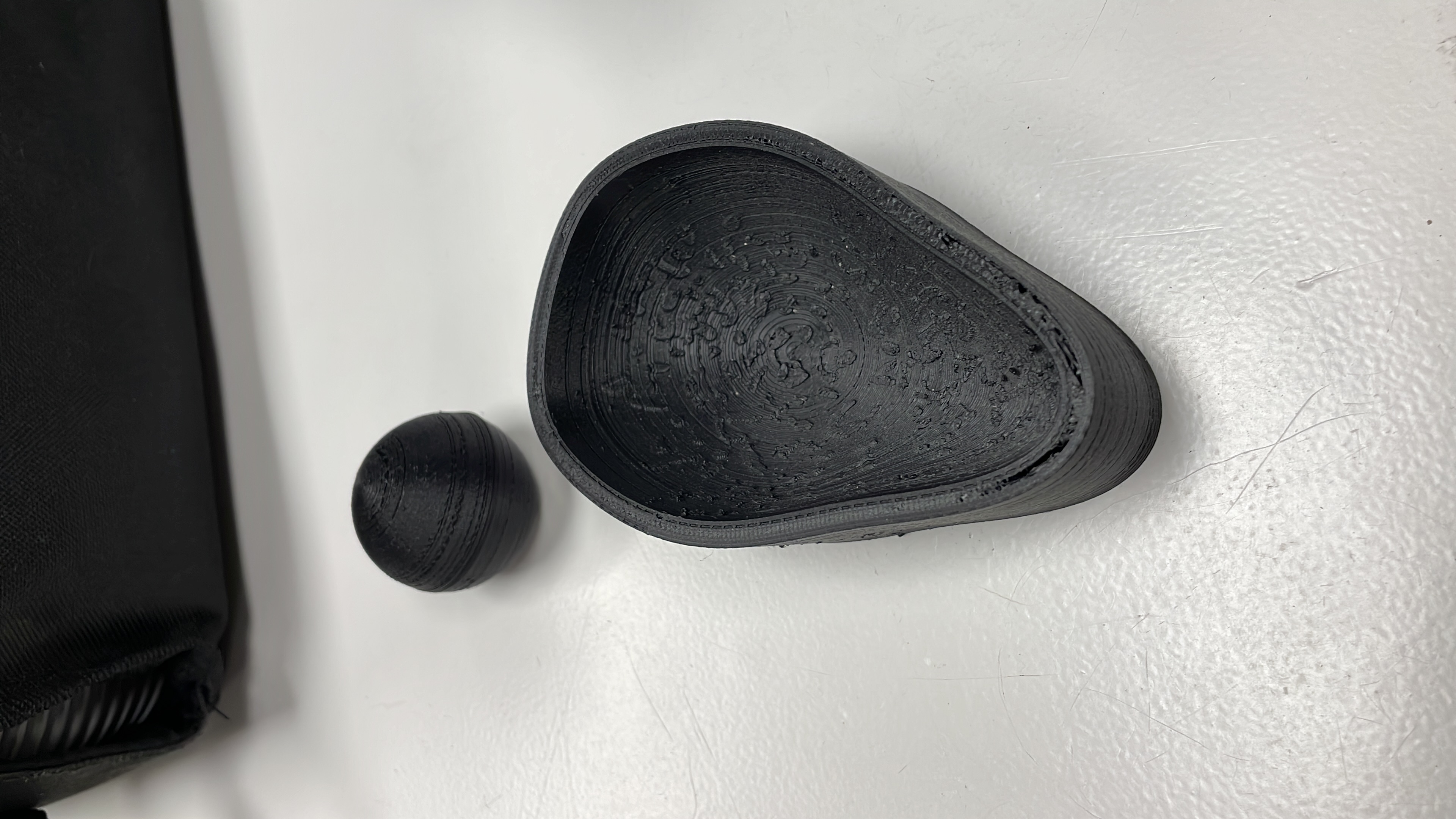
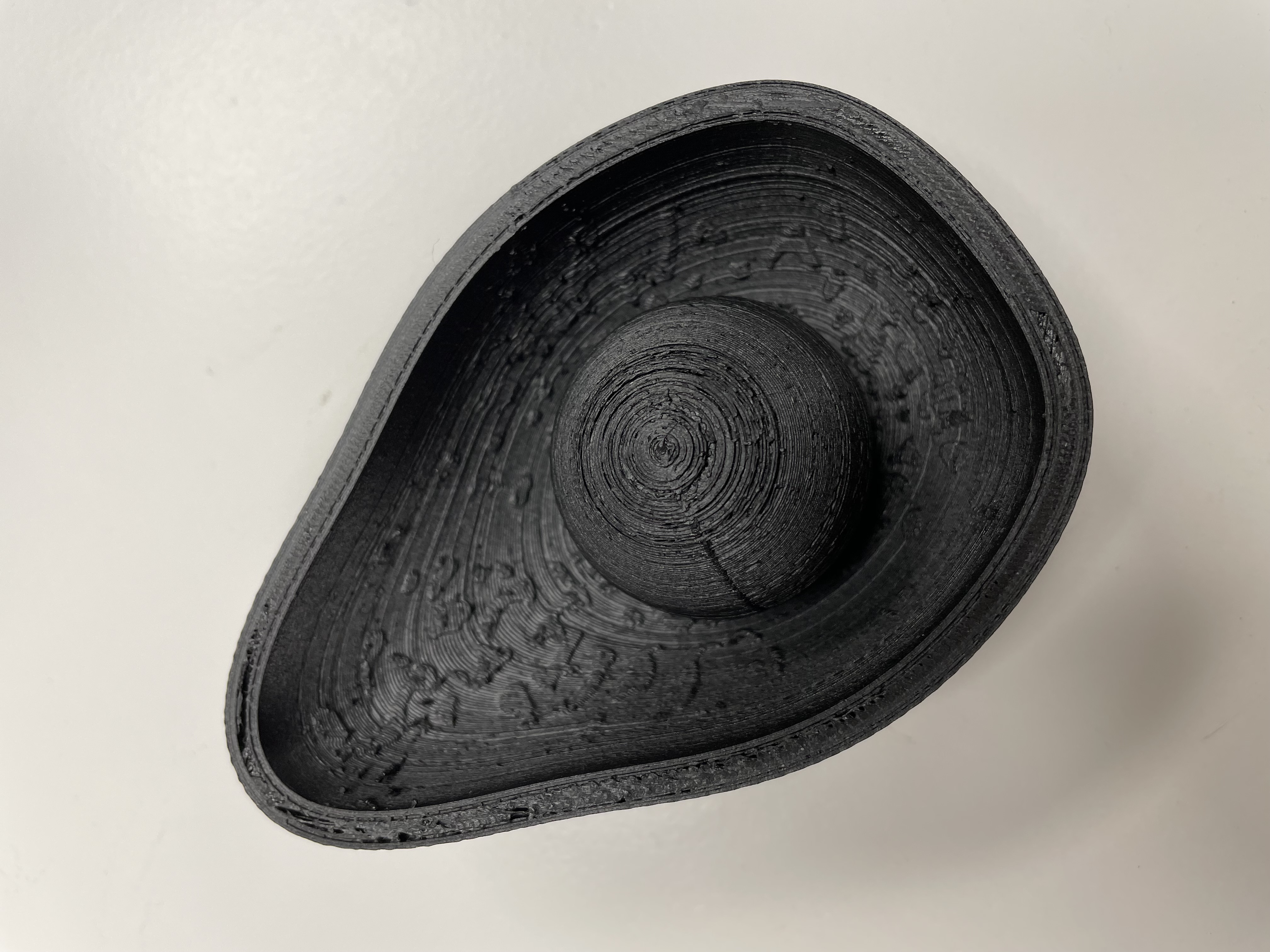
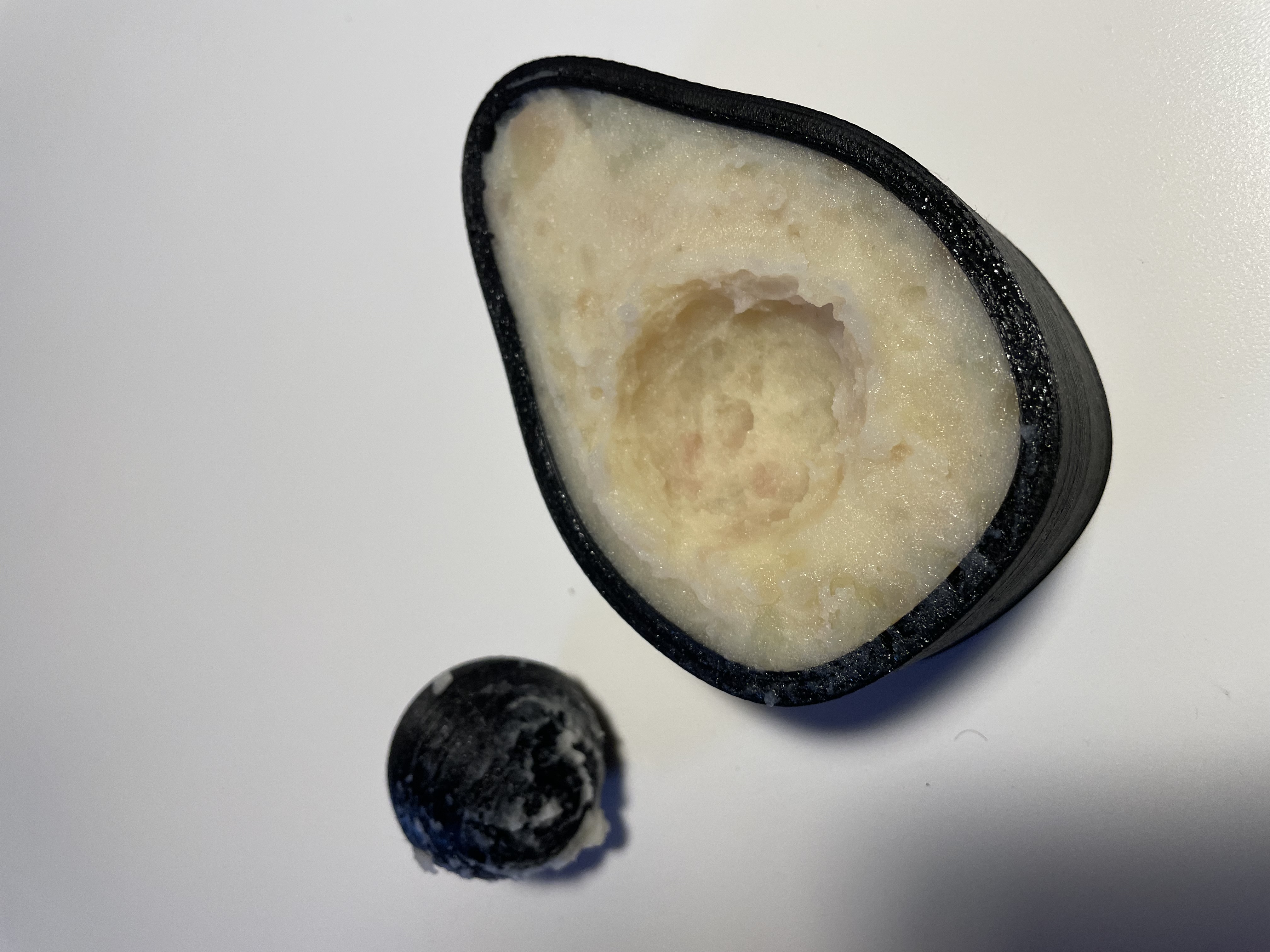
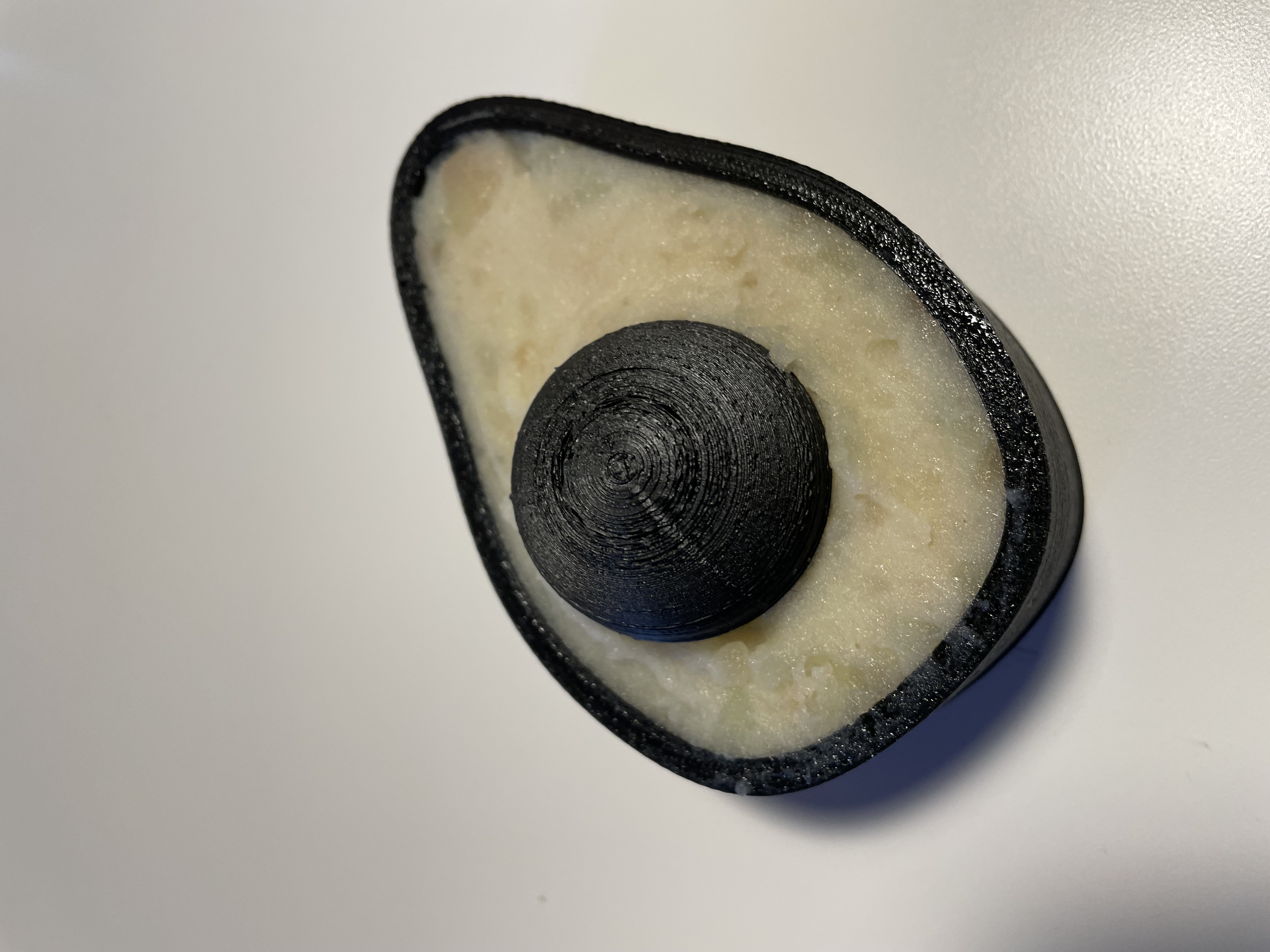
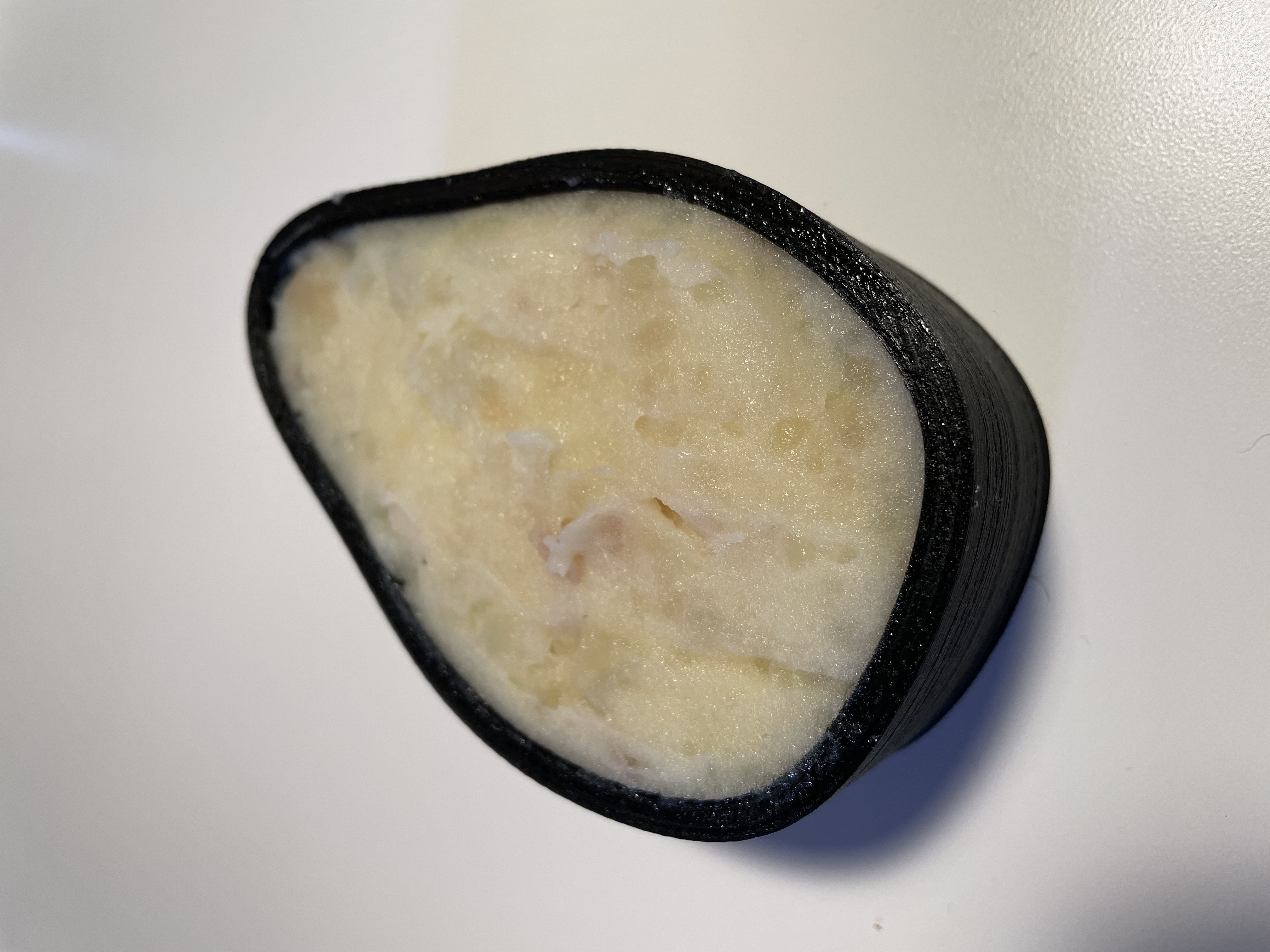
W10&13 - Outputs and inputs¶
Outputs:
During this week we review electricity concepts and different output devices: electromagnetism, motors, dc motors, electroluminescence, piezoelectric. We also review signal types and i was very inspired by the example of project “selfie plant”, using Arduino.
Also, we have access to a DIY output library with some fun examples: https://fablabbcn-projects.gitlab.io/learning/fabacademy-local-docs/material/extras/outputs/diy/
Inputs:
During this week we ere introduced to iunput devices: What is a sensor, sensor types, how to choose them. Theory, applications and examples. How to build your own DIY sensors that you can build at home with household materials. Make stuff with your signals to detect events.
I liked the Arduino movement because of the mindset of openess, free and accesible. This is the link of Fab Lab Barcelona class: https://speakerdeck.com/pral2a/arduino-an-introduction-updated?slide=11
W14 - Networking and communications¶
This week we were introduced to networks and communication protocols for connecting systems due to location, paralelism, modularity and interference. I liked the metaphor about the onion and is layers to understand this concepts.
For me the most interesting thing is the concept behind networks, as part of my project has been about researching about new relationships between humans, non humans and to “give voice to agents that usually do not have”
This picture is about a project i am developing about how gravity expresses itself, showing a final piece of art or the “network of blue dots”.
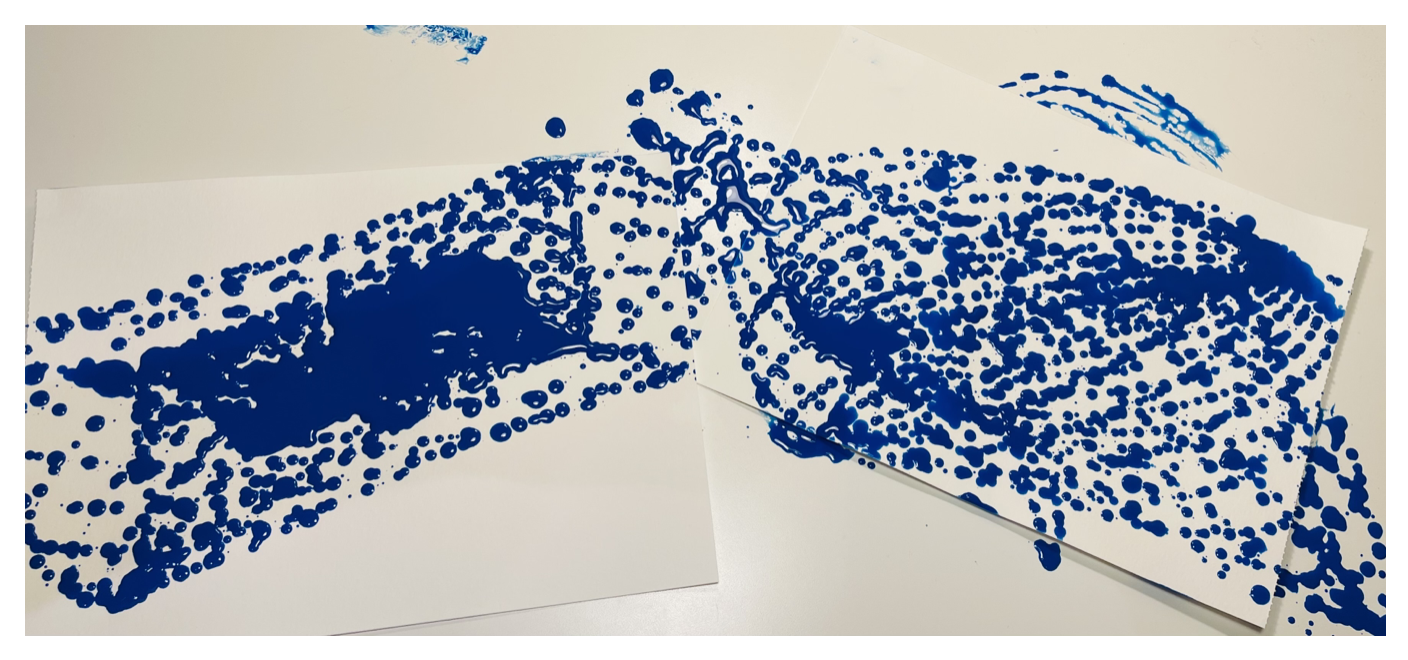
W15 - Interface and application programming¶
This week we learned about resources and platforms that are used for building interfaces and programming. I got special attention in P5.js, because is very intuitive and accesible for designers and artists. Also i like the open code and free access. For this task I am trying to build a “shooter game”, using a youtube tutorial to understand the programming and step by step.
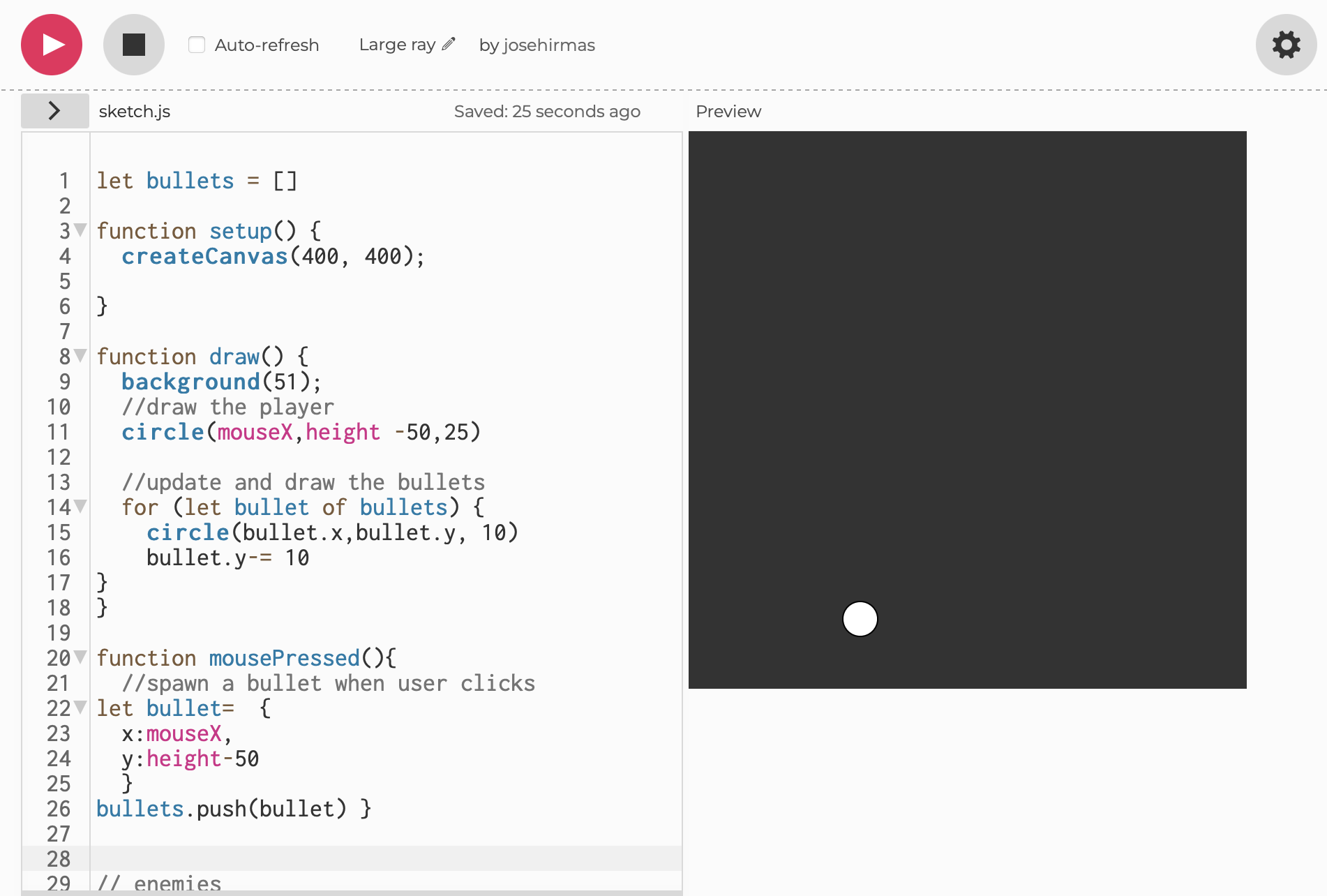
W16 - Wildcard Week¶
I organized an event as the final part of the master, The MDEF Awards. This event was about nominating the class 21’-22’ for different categories and prizes, as an excuse for continuing sharing together and making a mental journey through the best moments of the master.
For this, i designed special medals that design special medals in order to recognize my classmates. The medals will be cut with the laser cutter using acrylic or some type of plain wood.
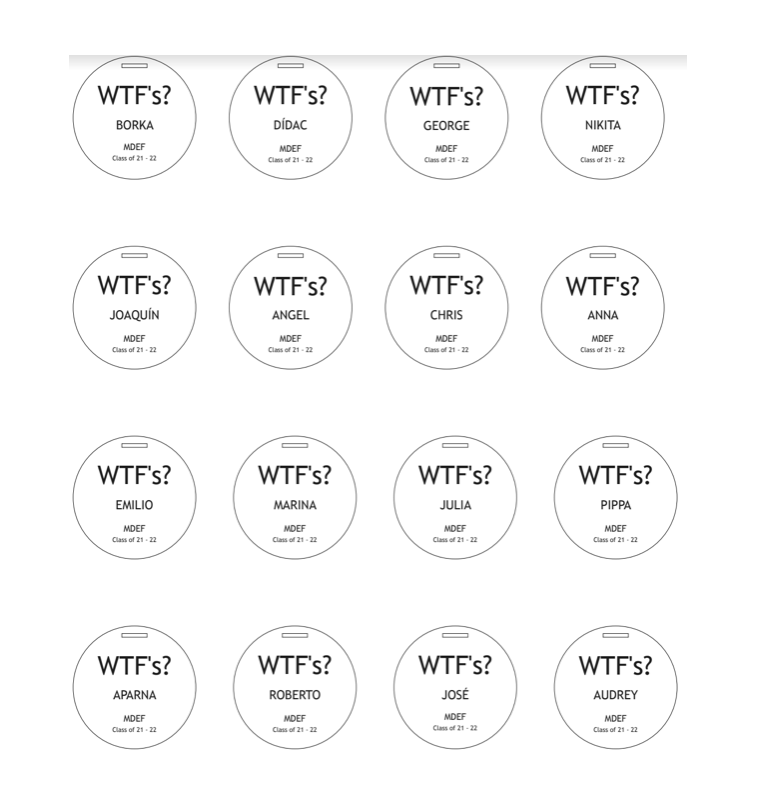
W17 - Applications and implications¶
During the Master in Design for Emergent Futures, my research has focused on seeking new ways of building relationships and ‘giving voice to agents that usually do not have it’, generating awareness about critical scenarios that affect society. My work includes food culture, art, craftsmanship, migration, generating learning and sharing environments as a source of inspiration for new narratives that can impact education and social development.
The alternative present that has emerged is: SOCIAL FOOD NARRATIVES
What is it?
Social Food Narratives is a research project that gives a new role to food, exploring the meaning behind it, for understanding culture, regenerating communities, and seeking human relationships with the world.
- Exploring food culture for understanding human relationships
- Creating new ways of bonding with and through food.
- Redefining the role of food for the future(s)
My final MDEF intervention is : Uan Bier Plis, stories behind brewing. This celebrates diverse contexts, people, and cultures around beer brewing, generating awareness about this ancient and present beverage, and seeking new meanings for the futures. Interviews are made to different breweries, master brewers and people related to beer culture around the world.
For this a workshop and an exhibition is done with the collaboration of LEKA.
Interviews
A series of interviews to different master brewers, brewery owners and people related to craft beer. Each interview is conducted by video call or in person depending on the location.
The questions that guide each interview are: - Present yourself. (Who are you?) - Tell the story about this brewery. How and why was born? - What does this beer(s) represent? - If you could make a beer that represents the world right now, how would it be? - What is beer going to mean in the future?
In the last weeks I have contacted more than 20 craft breweries around the world and the interviews are in process.
One specific interview that was special for me was with Canaan Khoury, from Taybeh Bewing Company. This is the only brewery from Palestine. We talked about immigration, challenges of a country that has been in constant war, lifestyle and the future of beer and society. It was meaningful because my ancestors are from Palestine and came to Chile looking for opportunities, so I felt emotional and empathize with the stories behind brewing.
As the interviews are getting done, I am getting fascinated by the stories, different people, and culture, so the next step is to prepare a mini documentary that can show “the stories behind brewing”.
Exhibition (part of MDEF Fest)
What: Explore different beer cultures and history of beer.
How: Interviews to different breweries and beer master’s around the world. A canvas will be displayed telling the history and example of techniques and styles. Also, there will be a display of bottles made by workshop participants.
Workshop (part of MDEF Fest)
What Construct our personal identities connecting ingredients and raw materials with emotions, interests, and culture.
How Each participant will have the opportunity to choose ingredients and raw materials that represent themselves, putting them together into a bottle or “bottling the identity”. These bottles will be displayed in the event. We will share some experimental beers (with fermented fruits and other), sharing our stories.
Choose the ingredients and fill the bottles (10 min) Share each story (30 min) Try experimental beers with ingredients. Respond: What will the beer mean in the future? (5 min) Fermentation (collaboration with LEKA)
As part of my project and generation of communities, I have the opportunity to start co-working with Ivan and Arleny from Leka Restaurant. In this case, we are fermenting different fruits and vegetables using alternative techniques. This fermented results are planned to be part of the beer tasting experience, where we are going to mix them with “dead beer” to experiment new flavors and aromas.
- What will it do?
Experimenting with beer fabrication and exhibiting part of my research.
- Who’s done what beforehand?
Master brewers and local craft breweries.
- What will you design?
An experience that involves sensing and reflecting about our identities, speculating about the meaning of beer for the futures.
- What materials and components will be used?
“Dead beer”, fermentation tecniques, glasses, bottles, basic ingredientes and spices.
- Where will it come from?
Exhibition of beer are from 4 places around the world: Punta Arenas-Chilean Patagonia, Taybeh-Palestine, Chimay-Belgium and Tallin-Estonia.
- How much will they cost?
I expend 50-60 euros.
- What parts and systems will be made?
The workshop that has different stages, from sensing to reflecting.
- What processes will be used?
Design thinking, First Person Perspective, Speculative design.
- What questions need to be answered?
Who are you? Where you come from? What is the meaning of beer for the future? What if beer is a trigger for empathy and social development?
- How will it be evaluated?
Focus group and conversations with participants.
W18 - Invention, intellectual property and income¶
The plan for continuing this project is: - continue interviews - develop a documentary that shows the different cultures about beer. - keep on nourishing my community
I believe in open source, so will be very proud to share the documentary with the community.
During the last term of MDEF, with some classmates we started talking about how to continue our journey together and as time went by, this idea became stronger. So, we set a weekly meeting for discussing our common purpose and sharing our personal dreams, which emerged into a design collective: Moving Works Collective
What? We are a collective of multidisciplinary creatives, thinking and doing “crazy stuff” that generates positive effects for society. (By “crazy stuff”’ we mean: alternative presents we love and what the world needs)
Why? We believe in human beings as a force of good ( social value) starting from local solutions to scalable realities (ecological value), sharing knowledge and with a multidisciplinary scope (joining forces). We have a curious mindset, seeking alternatives beyond our boundaries ( exploration and playfulness), with transparency and open-sourcing for democratizing design (open by default”).
Who? Beings that share a common purpose and values, and we enjoy working with: Joaquin Rosas, Christian Ernst, Roberto Broce and José Hirmas (me).
How? Honesty: Well-meaning and radically open communication is key. If there are issues, we are not afraid of naming them. Transparency results in accountability; honesty fosters friendships.
Care: We do this because we love to do it, we care. Build mindfully and with care, take time to be slow. Don’t move fast if there might be things to break or people to hurt.
Critical Thinking: We never settle for “we’ve always done it like that”. Wherever possible, question the status quo and develop new paradigms.
Distributed: Think global, act local. We are able to work from everywhere, at any time, with everyone. Global citizens with their feet in the midst of local communities.
Playfulness: We are kids at heart. Curiosity is the driver of creativity. We believe this is the only way to face uncertainty and rapid change.
2022 Plan: For this year we are planning in participating in some design festivals and doing specific exhibitions, and continue developing projects around the topics of technology, education, social development, arts, design and new materials.